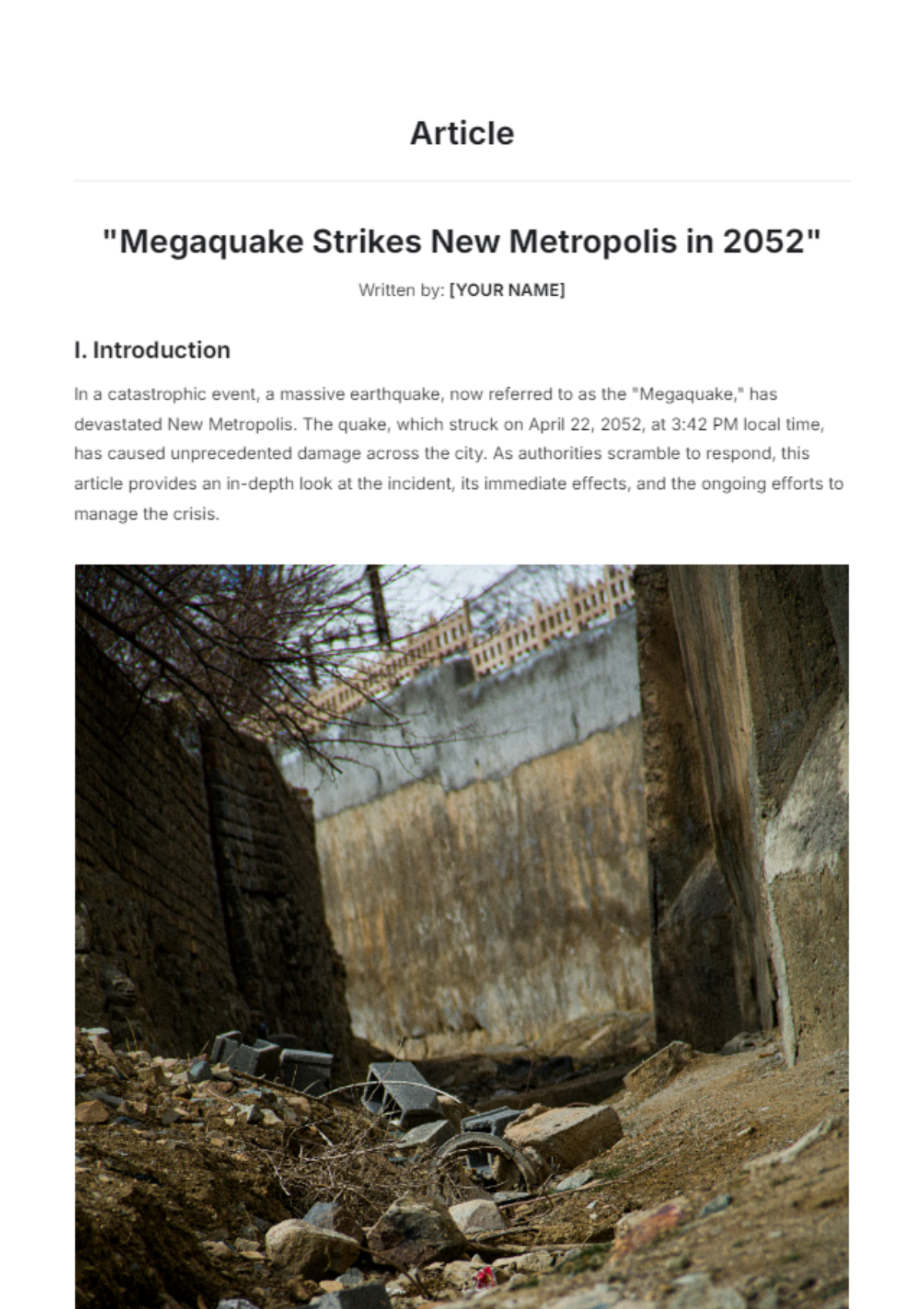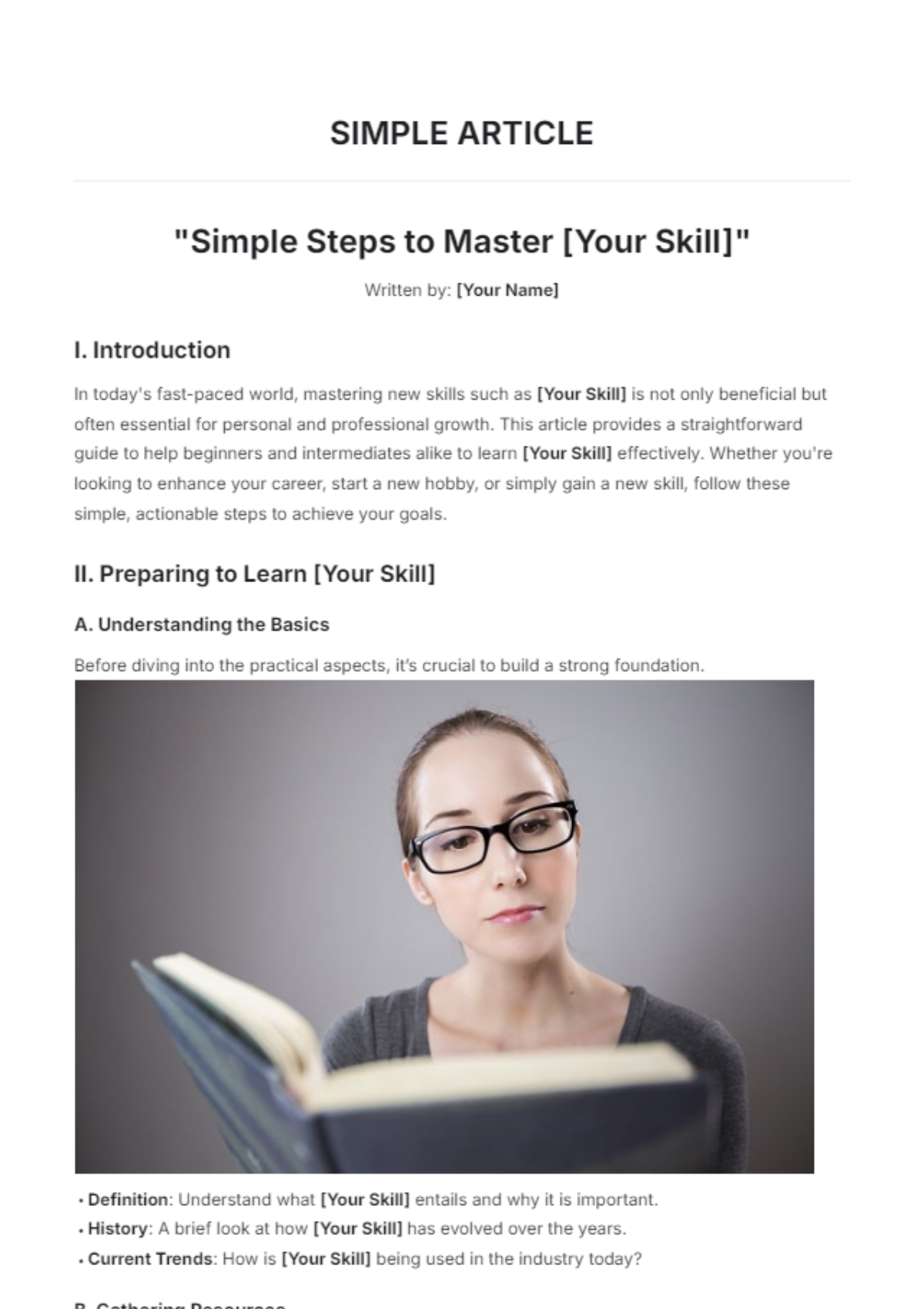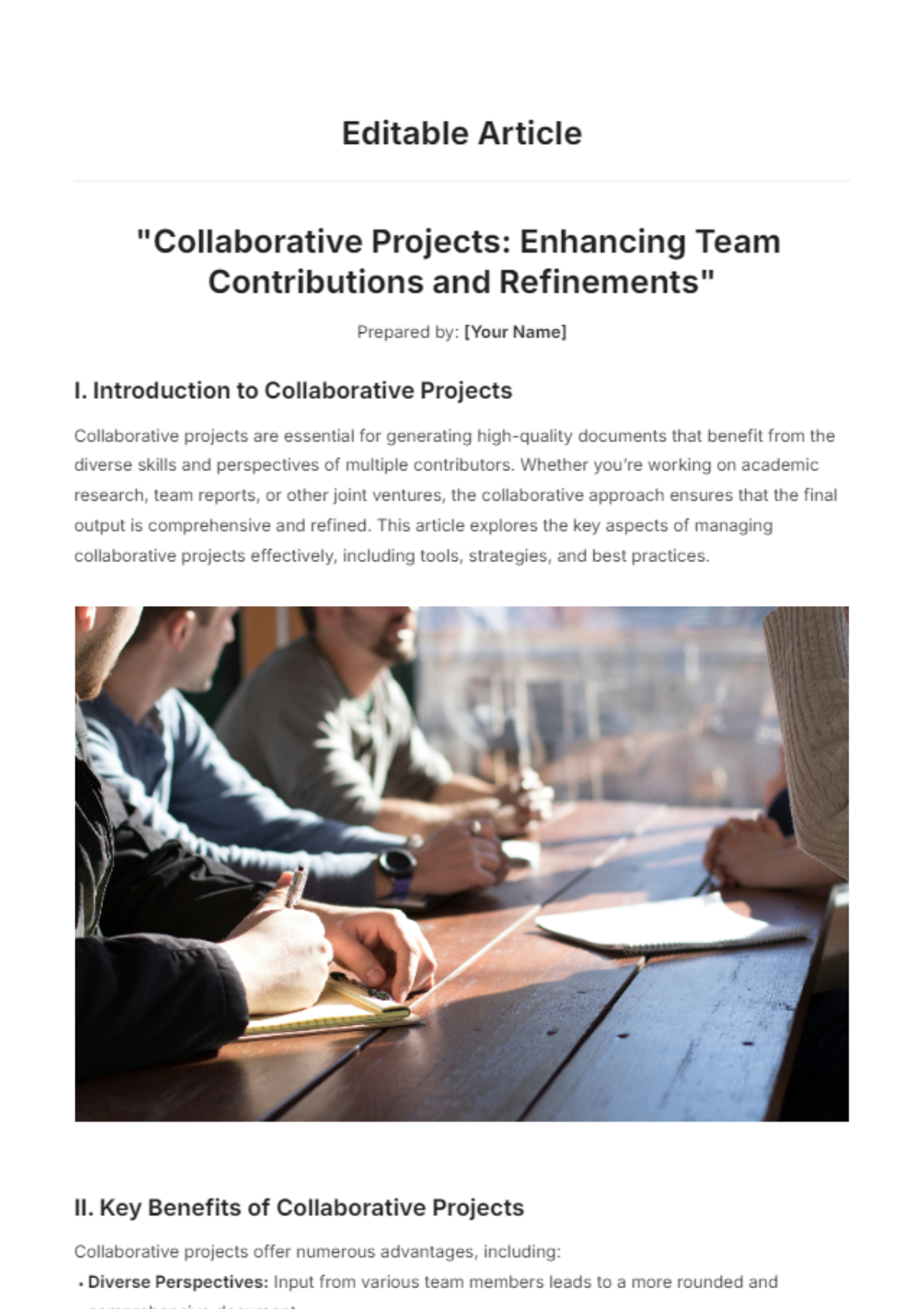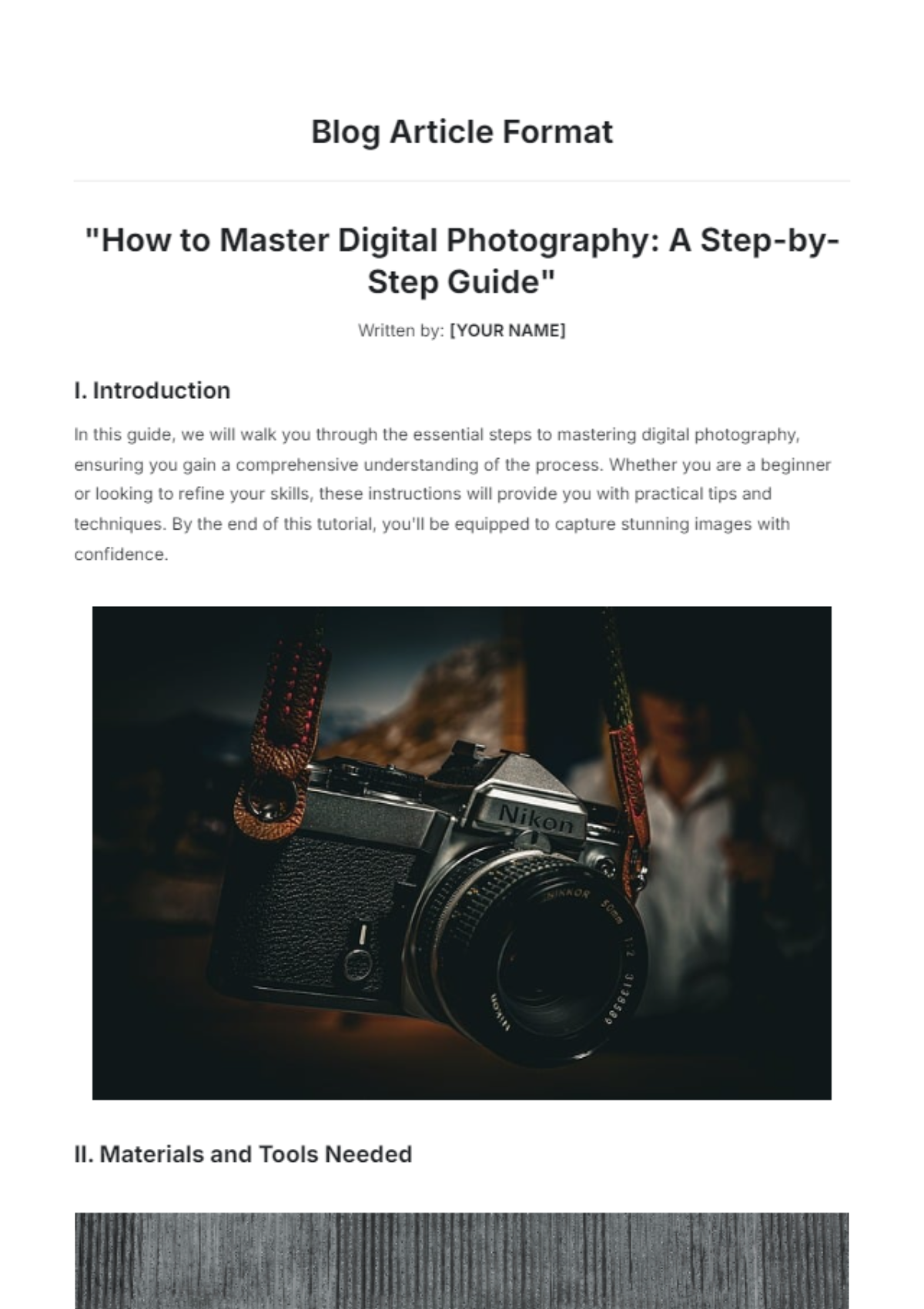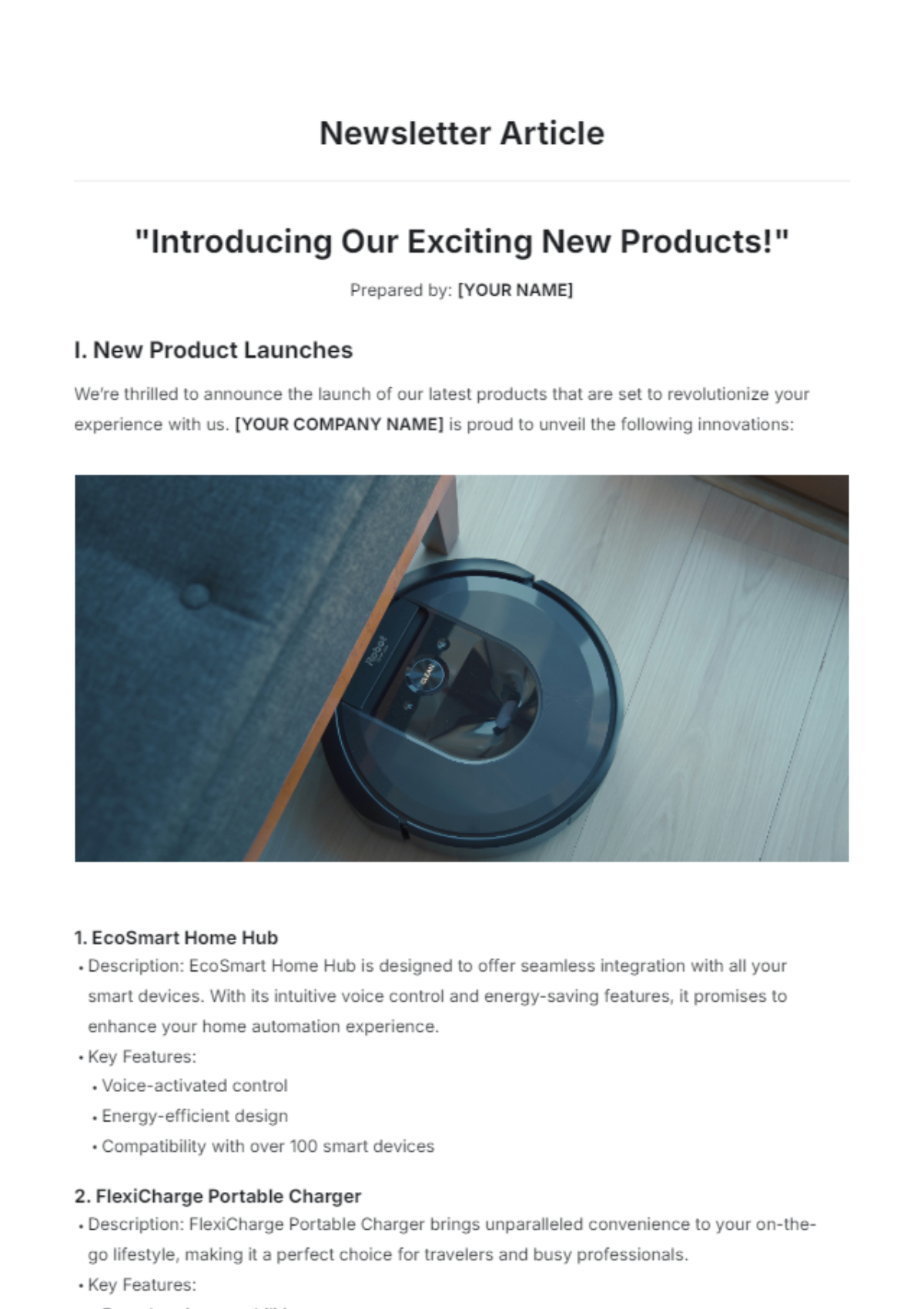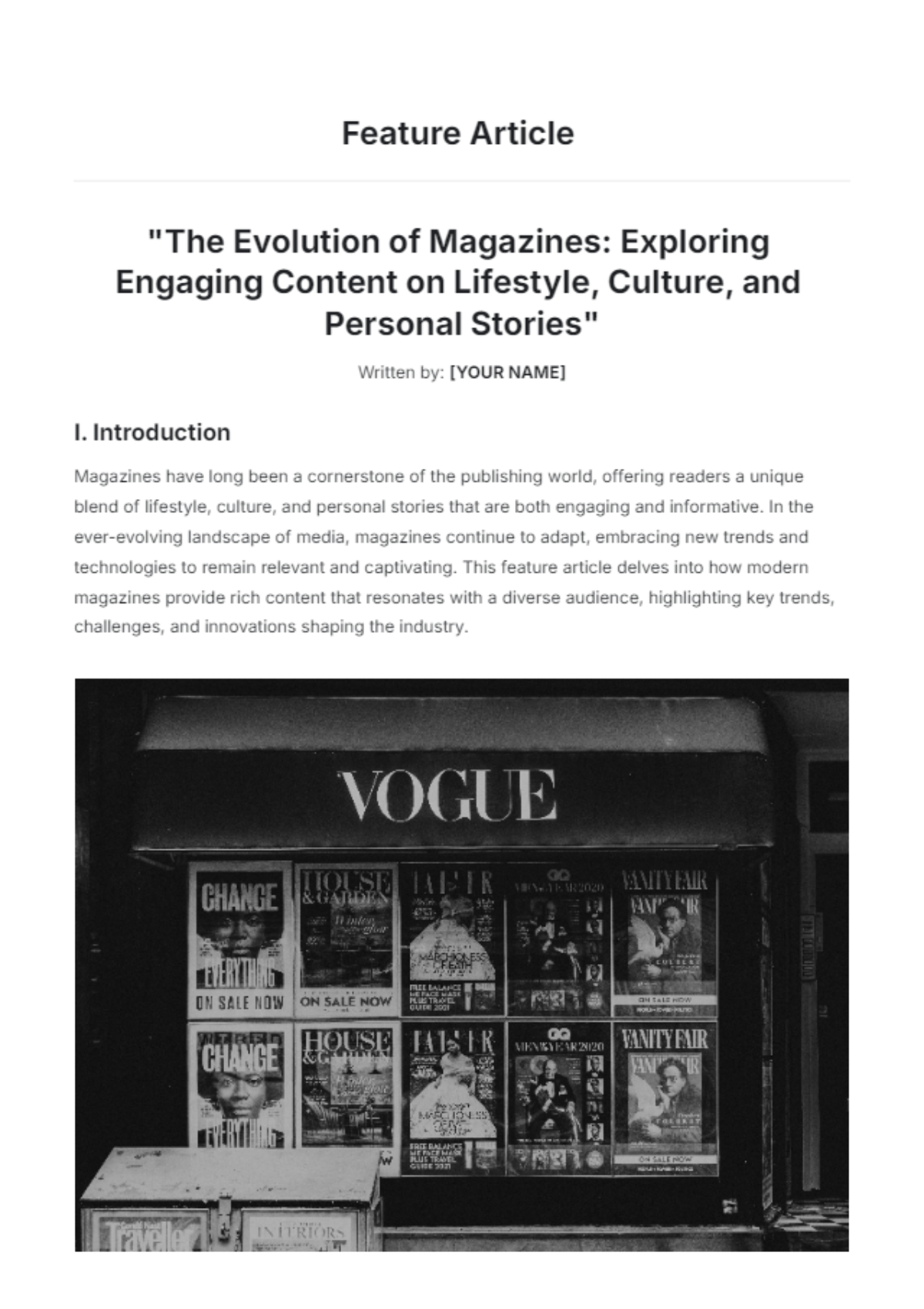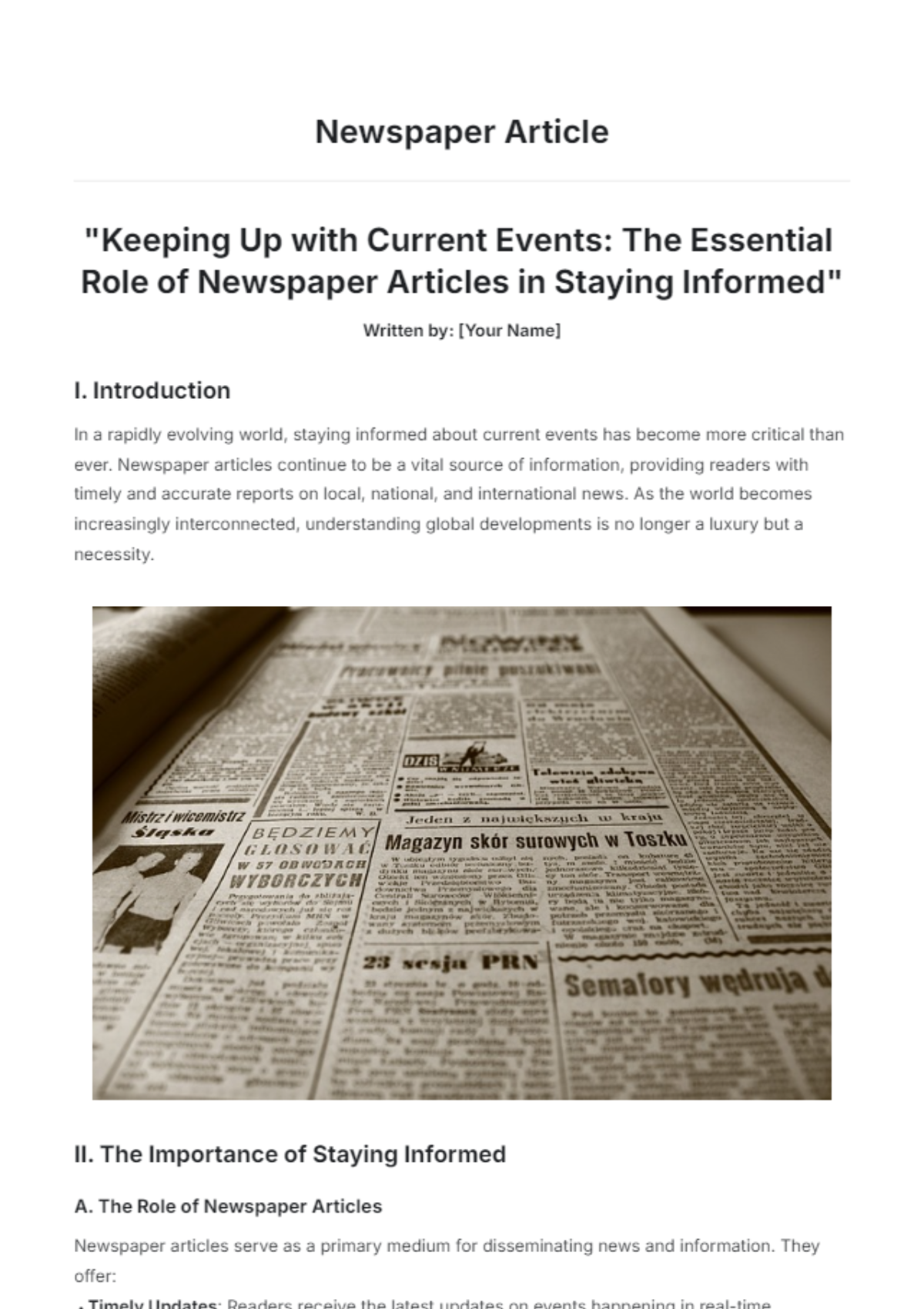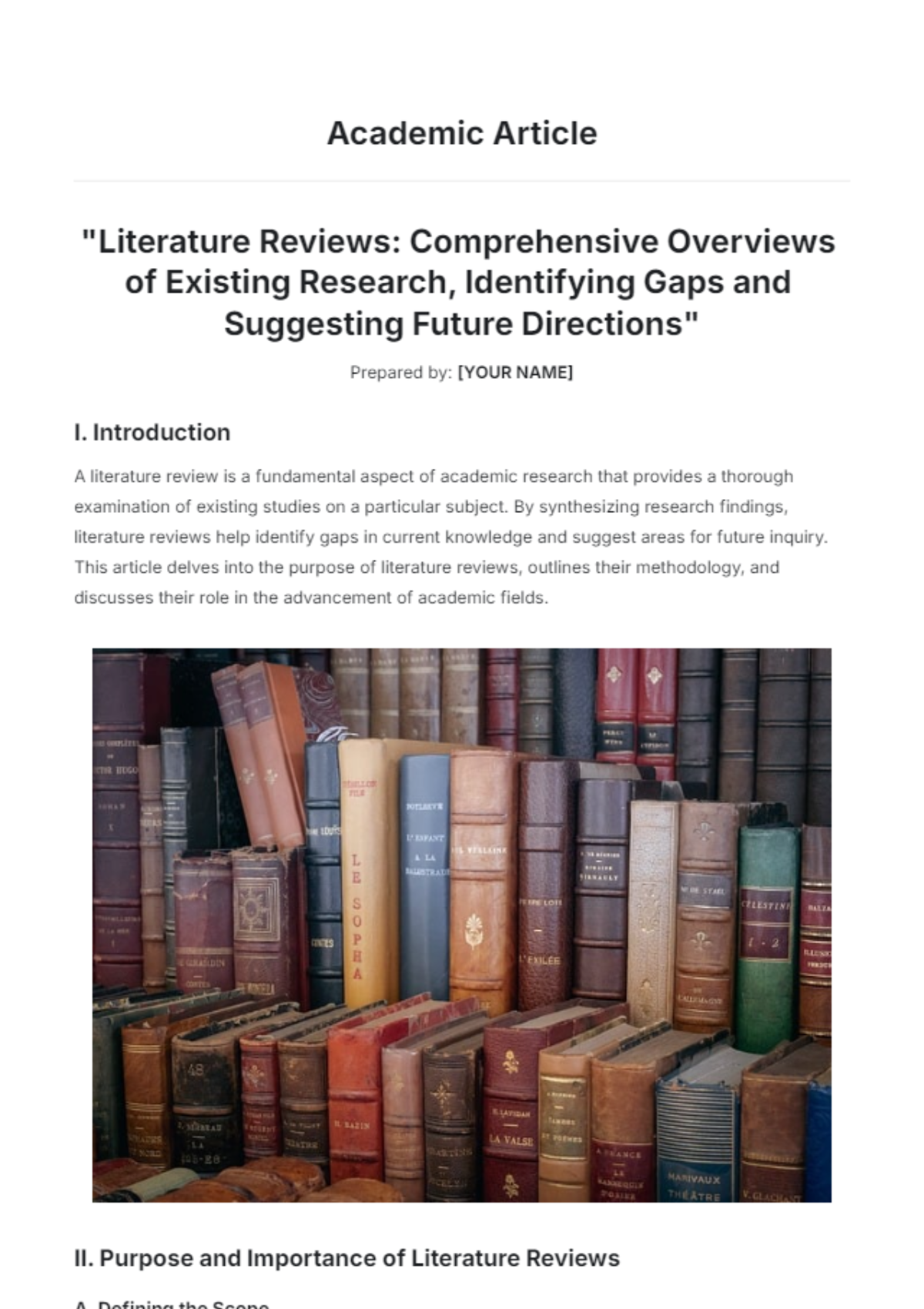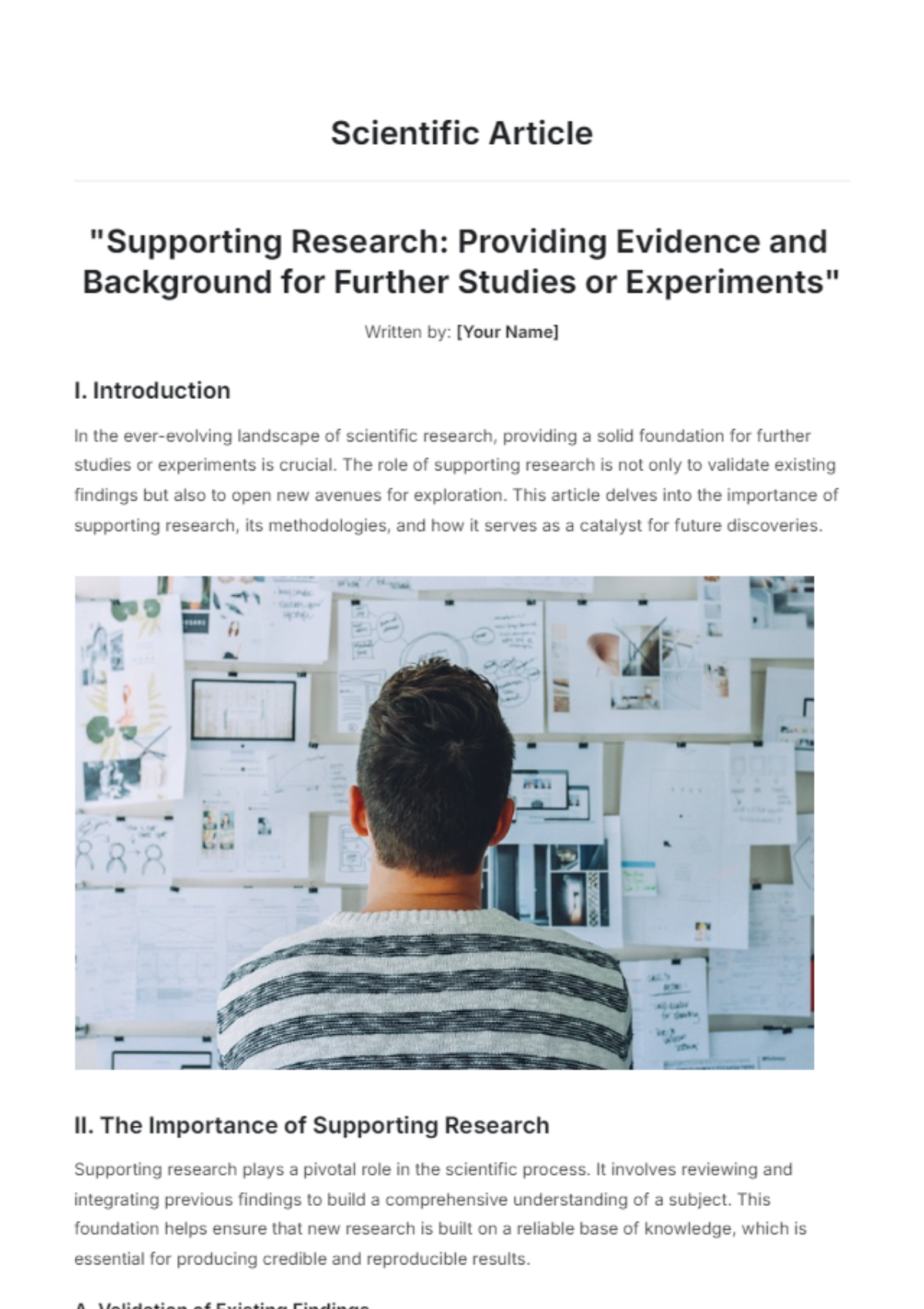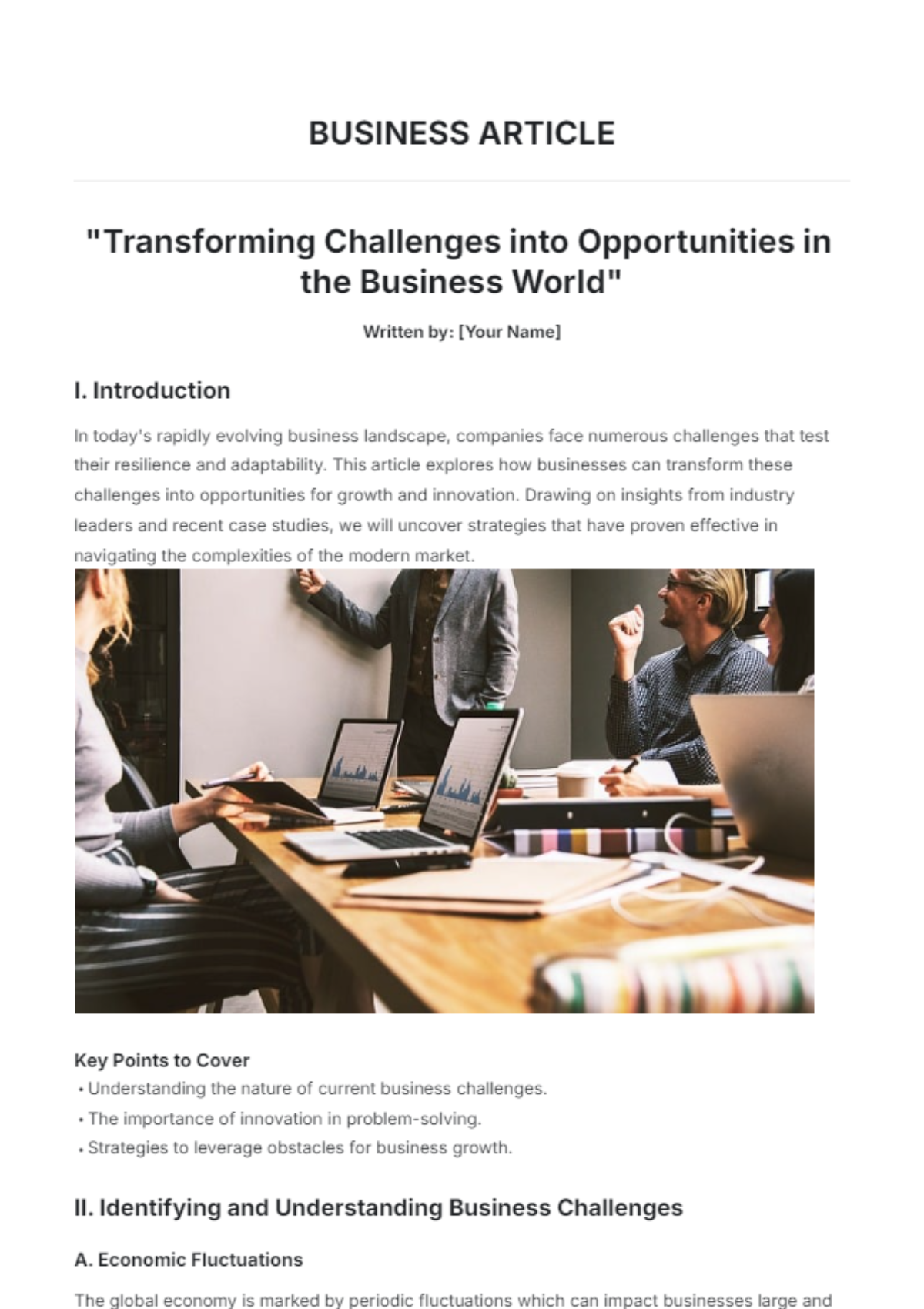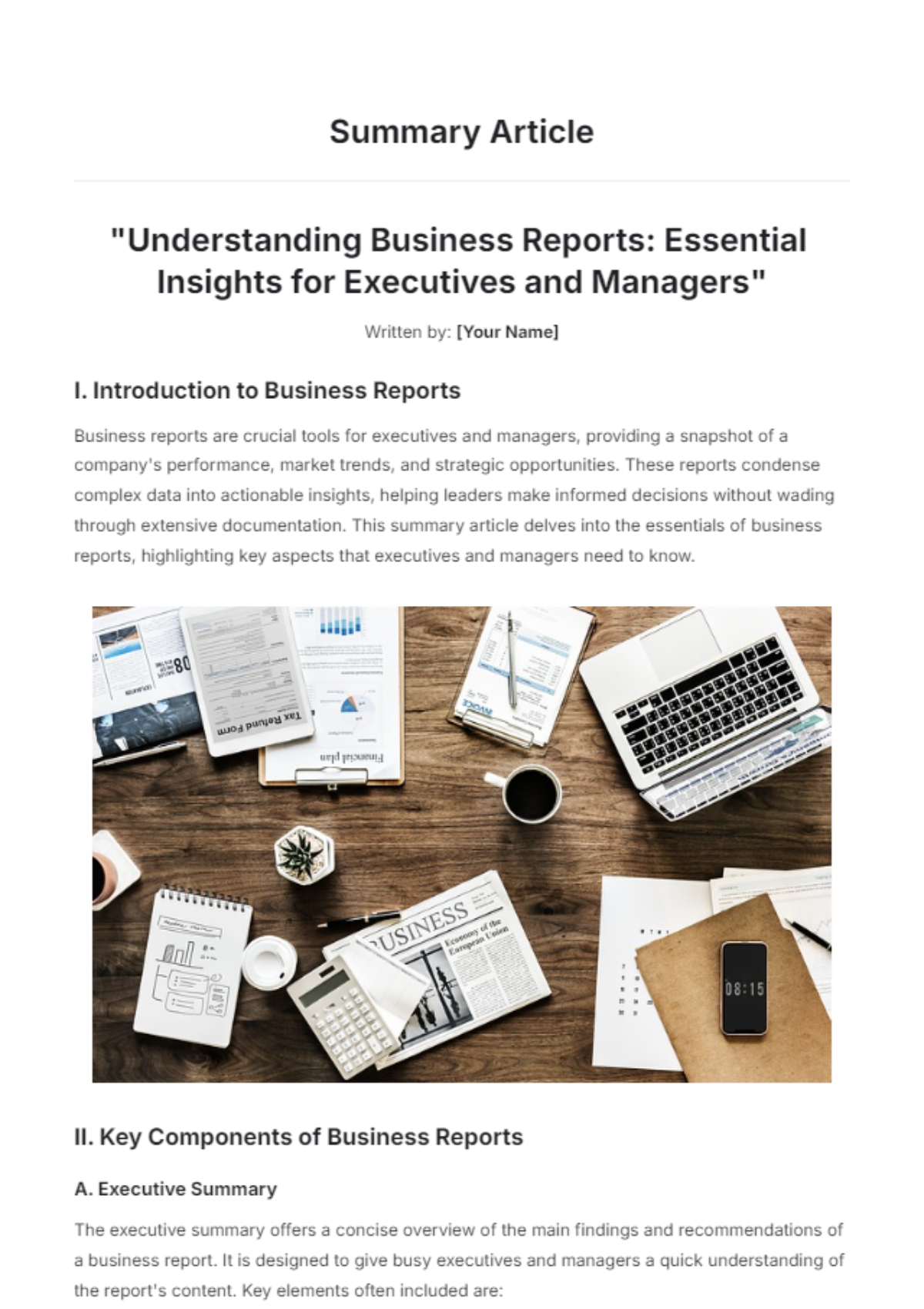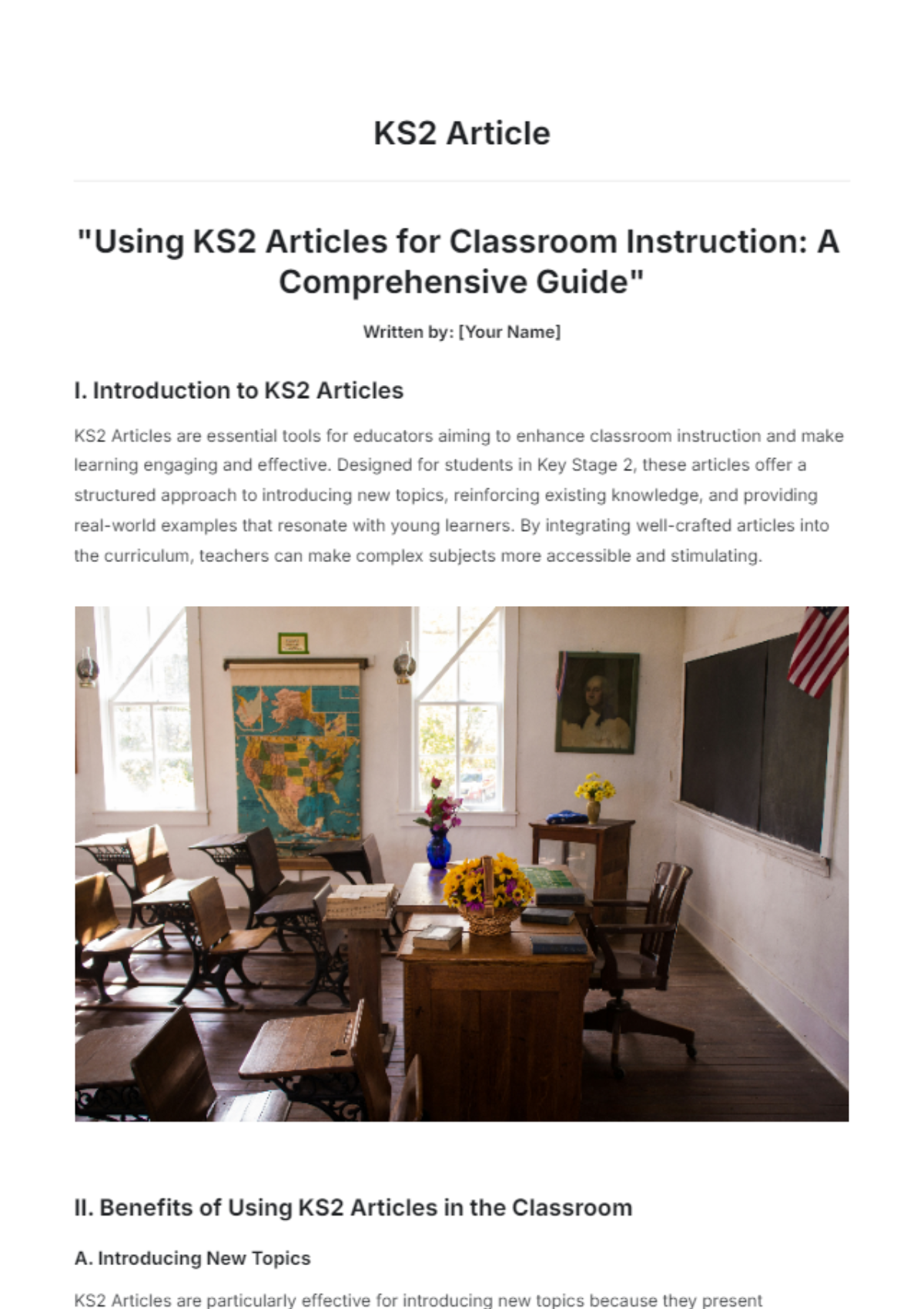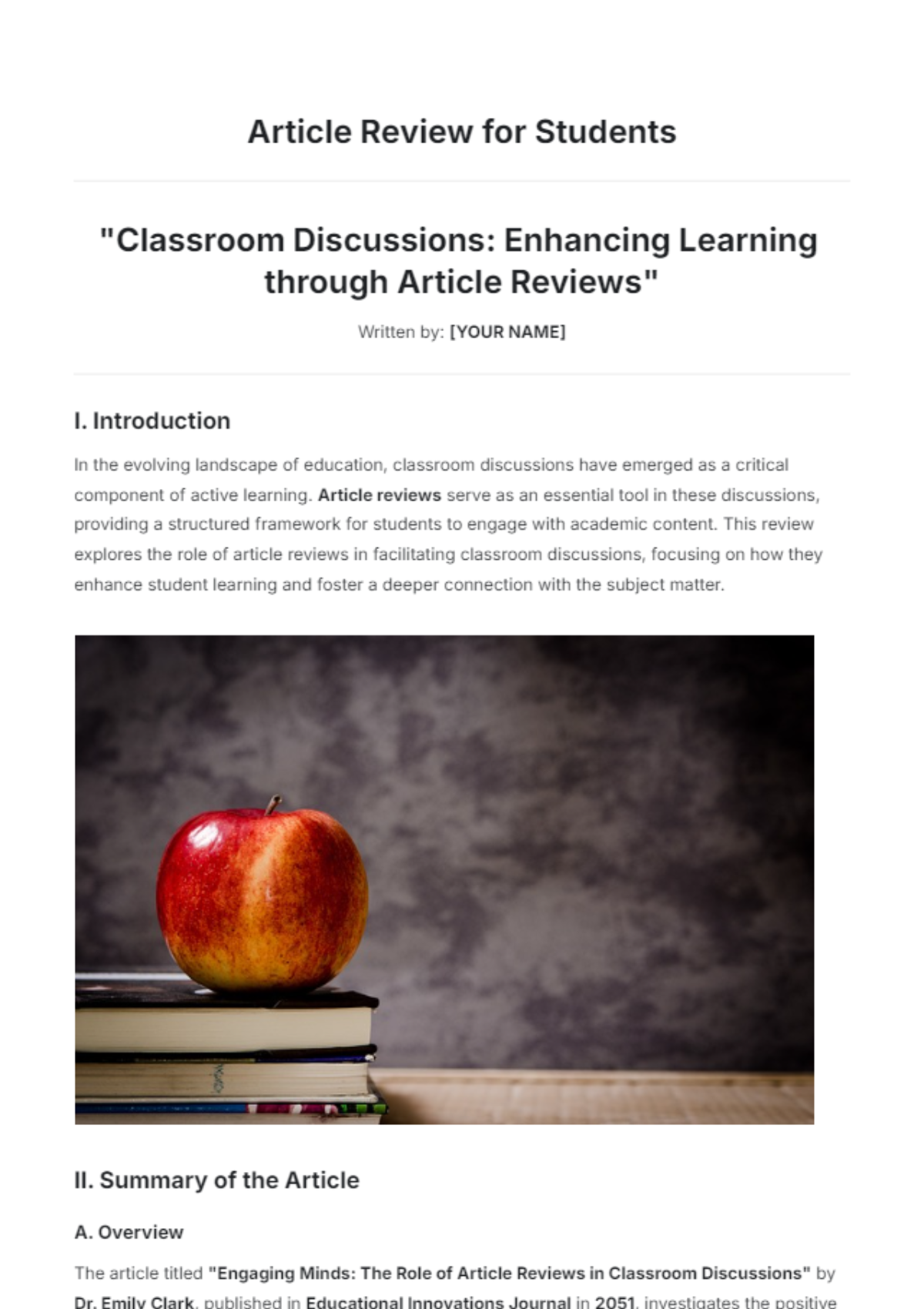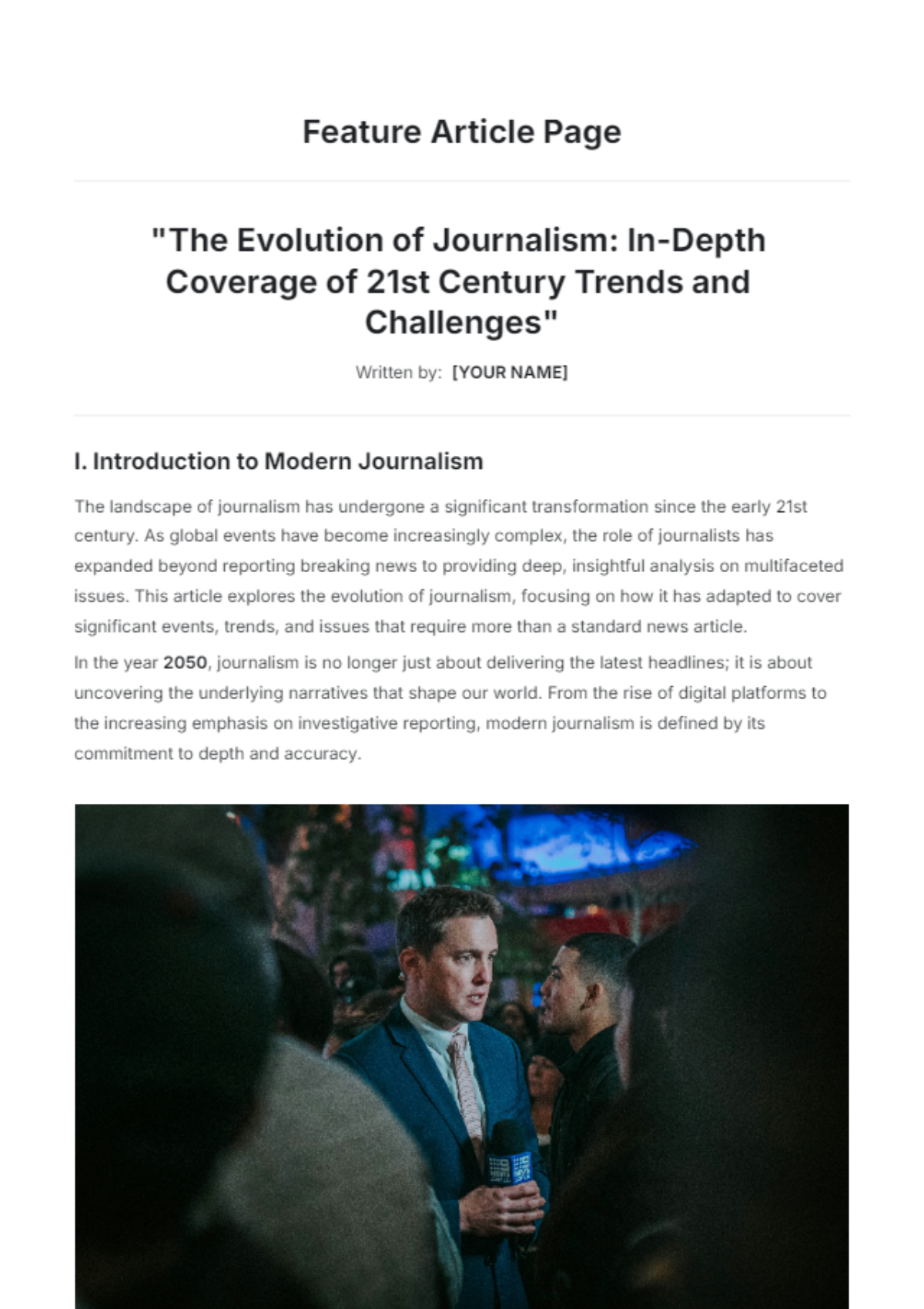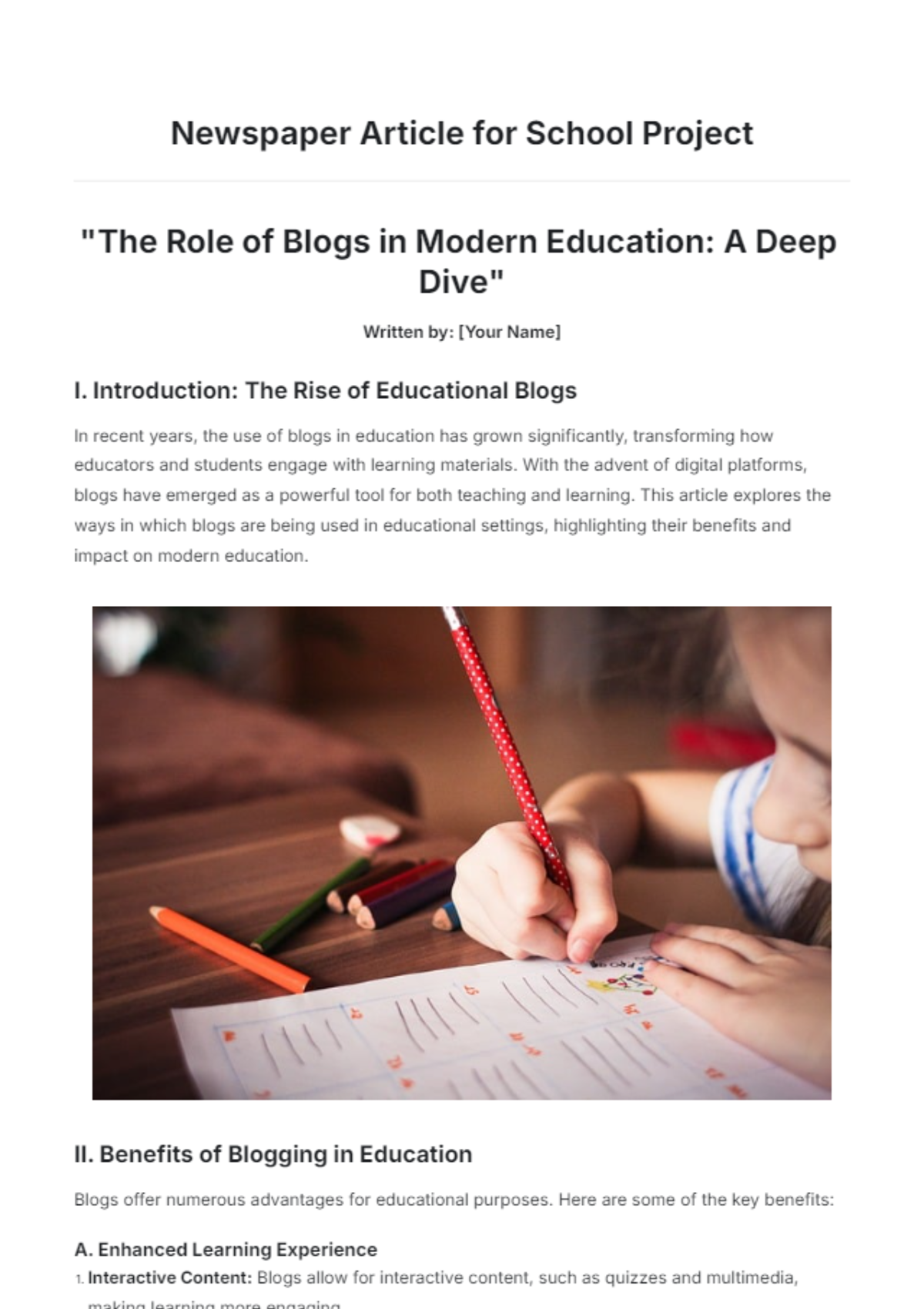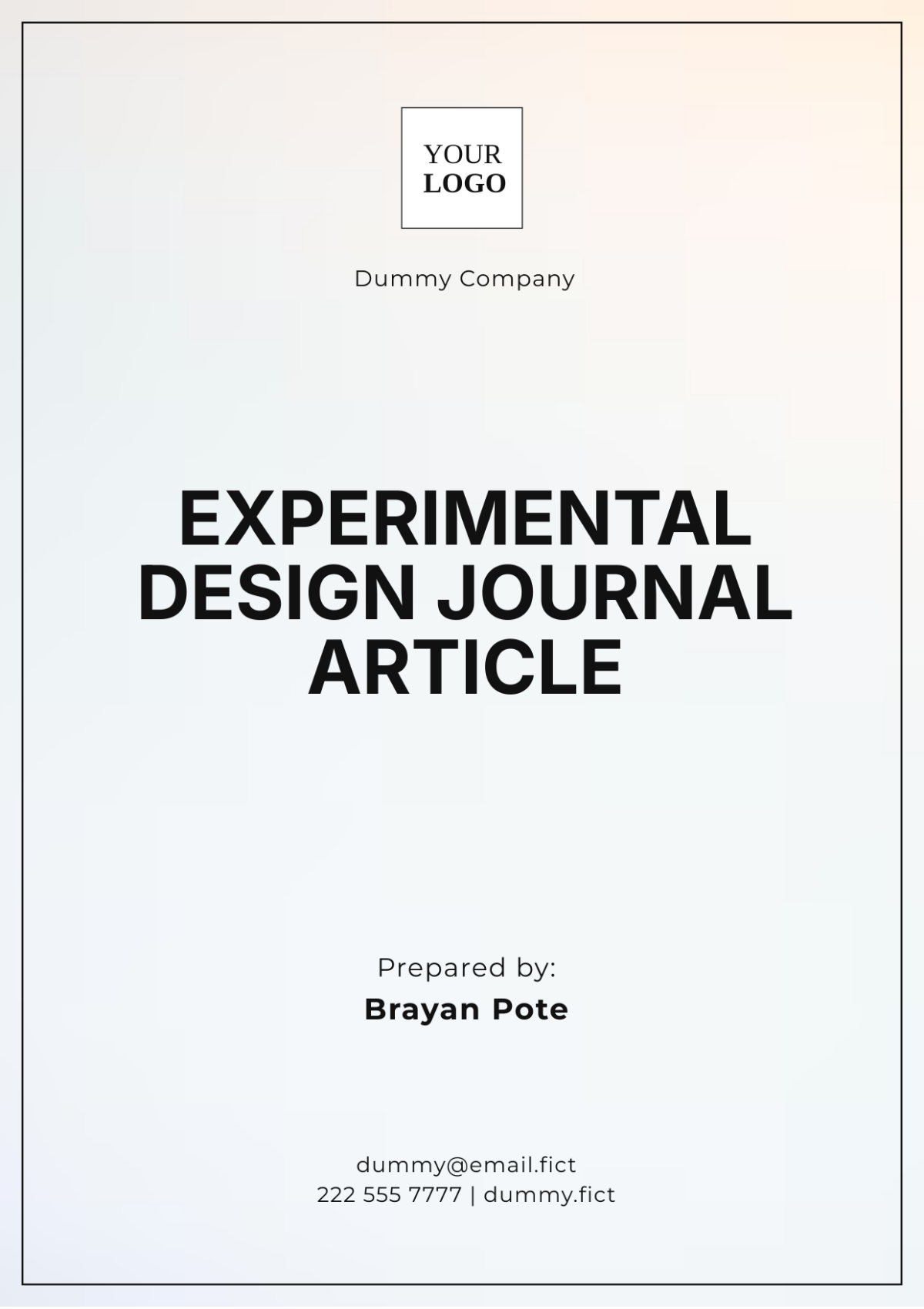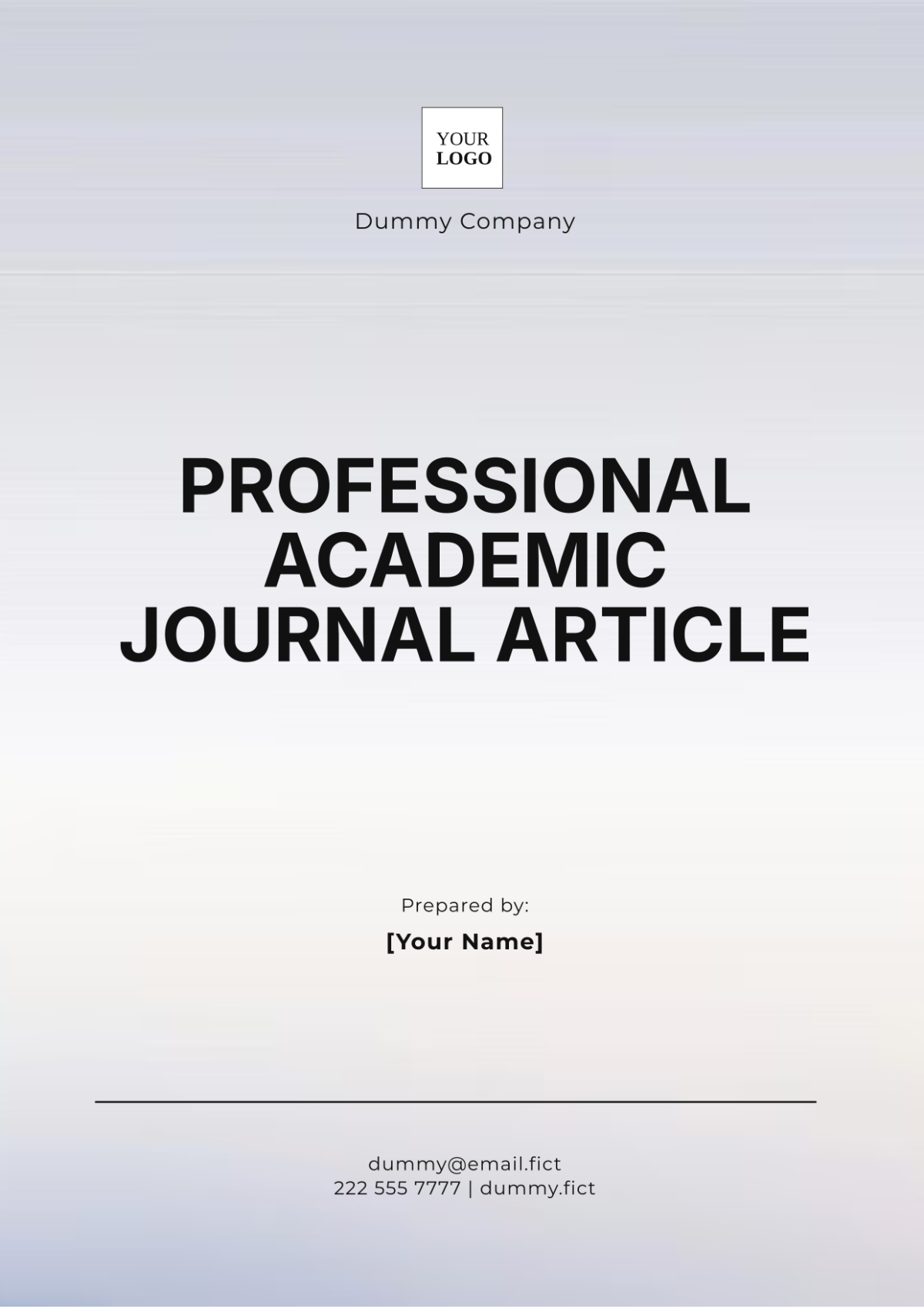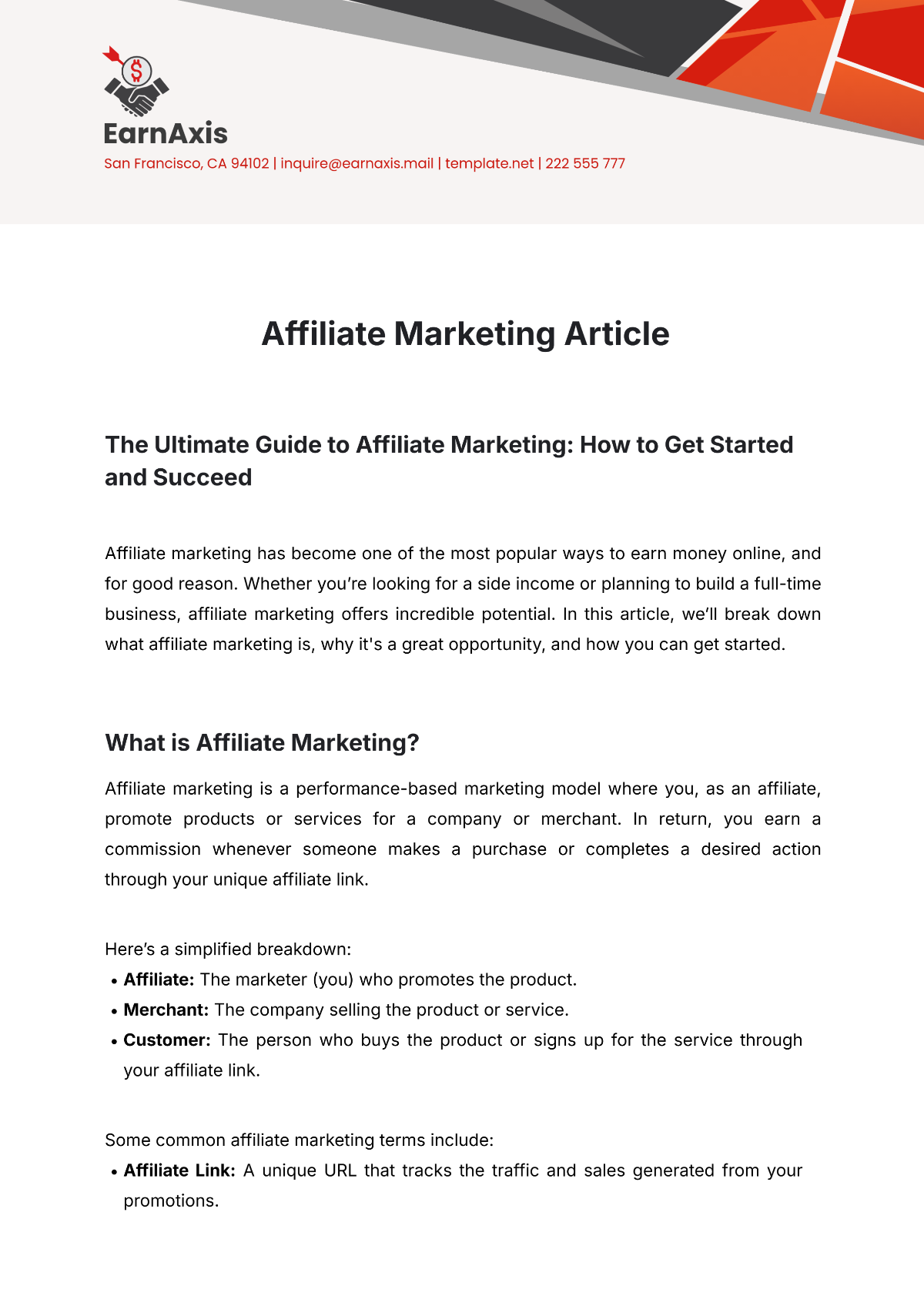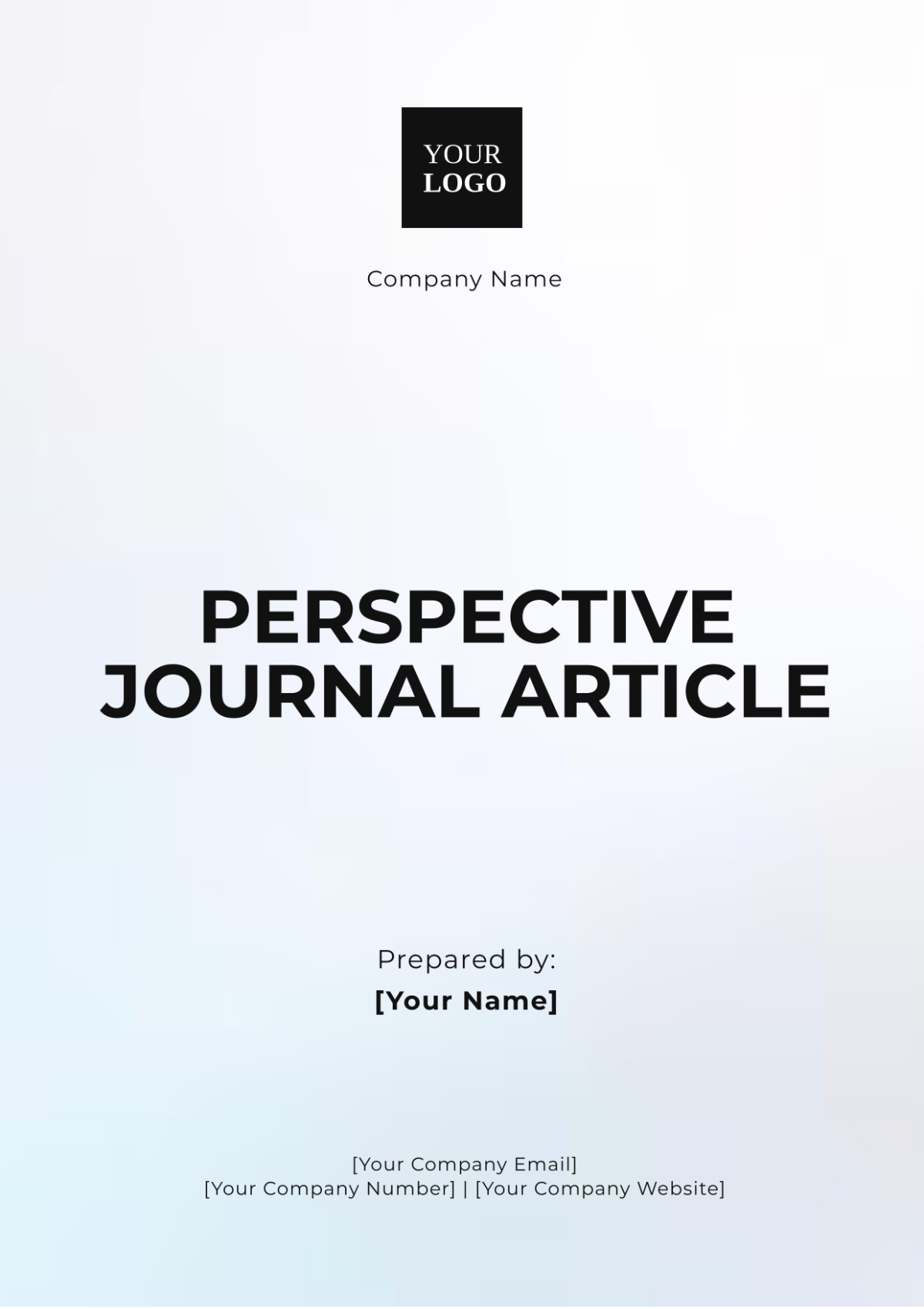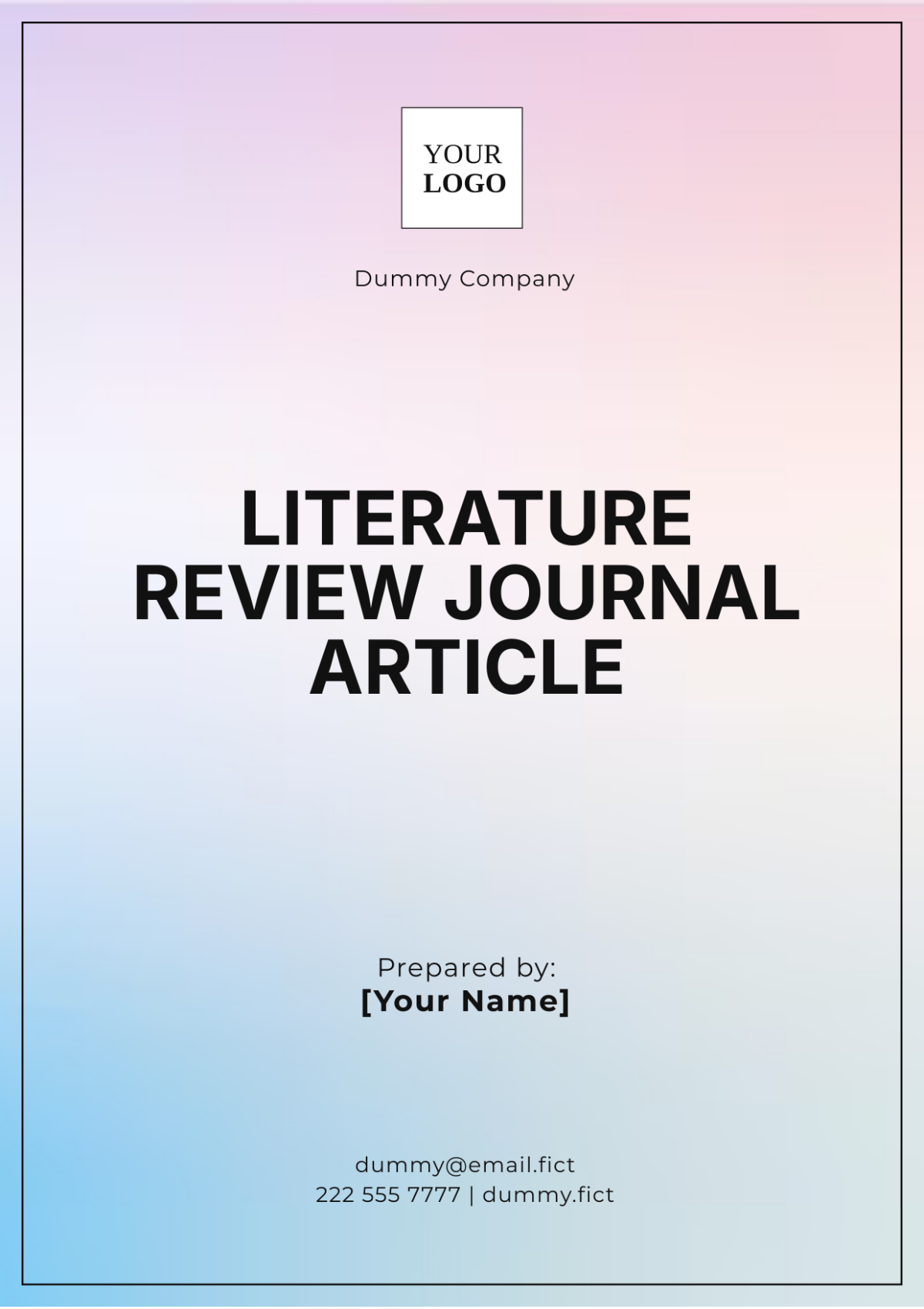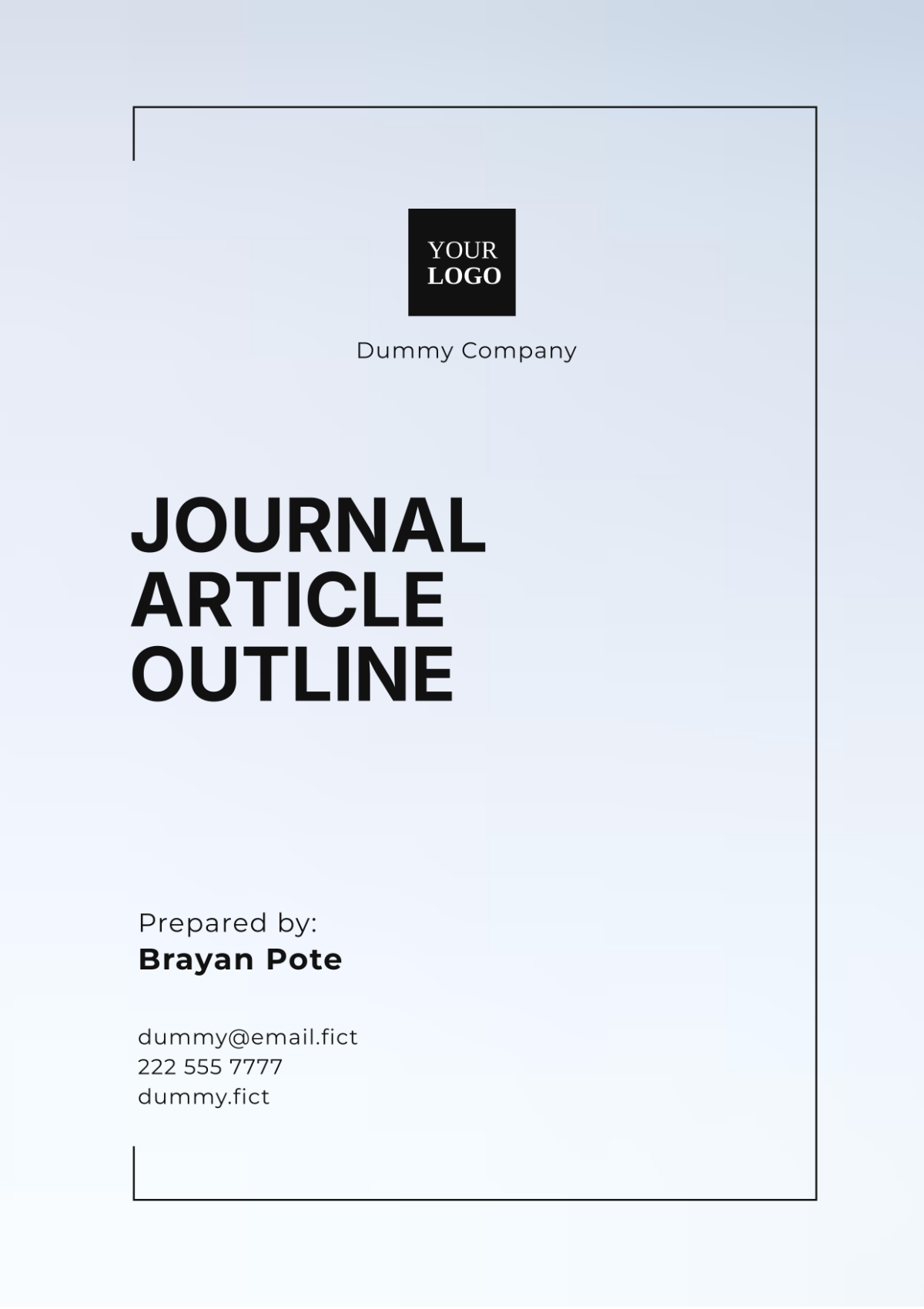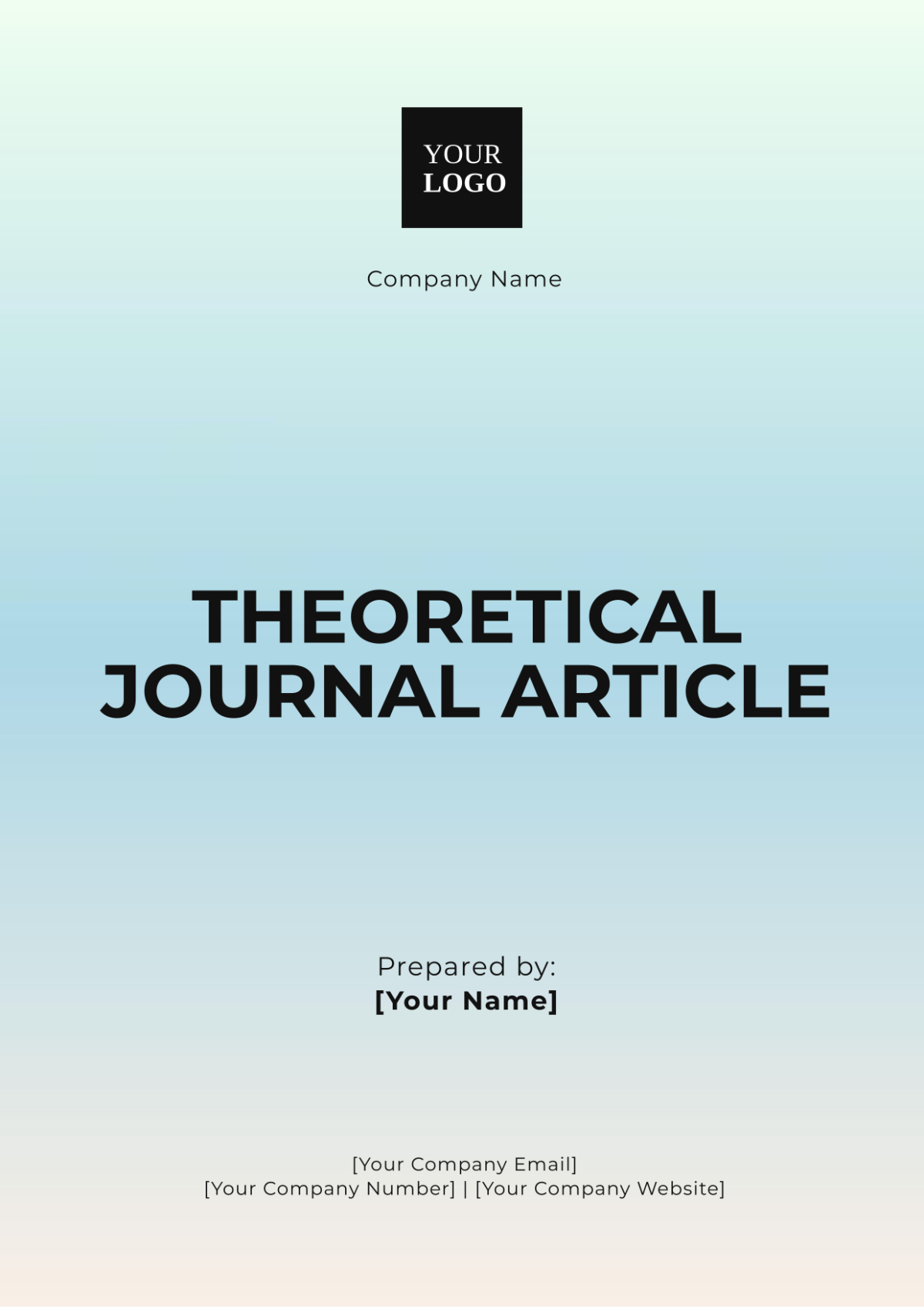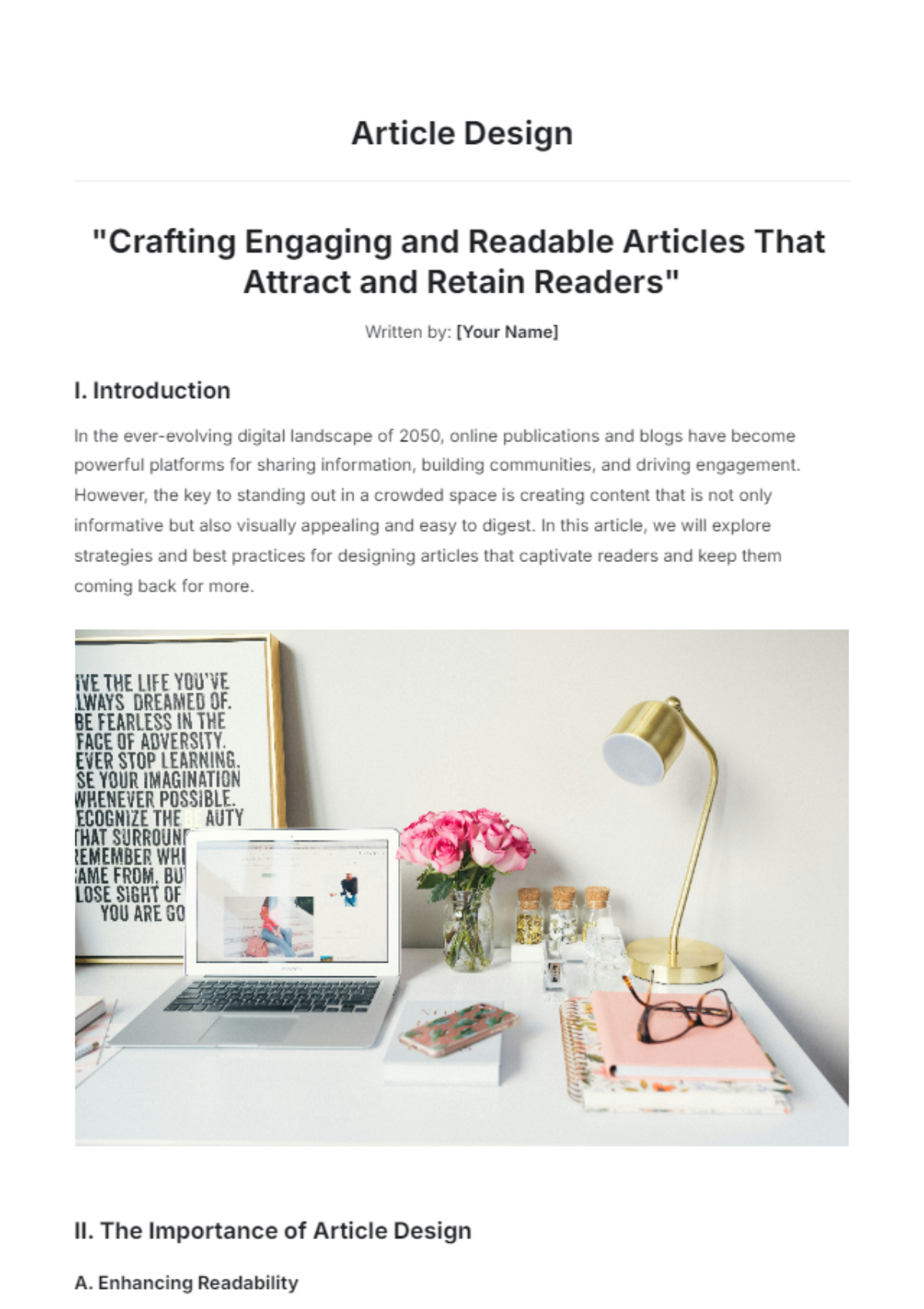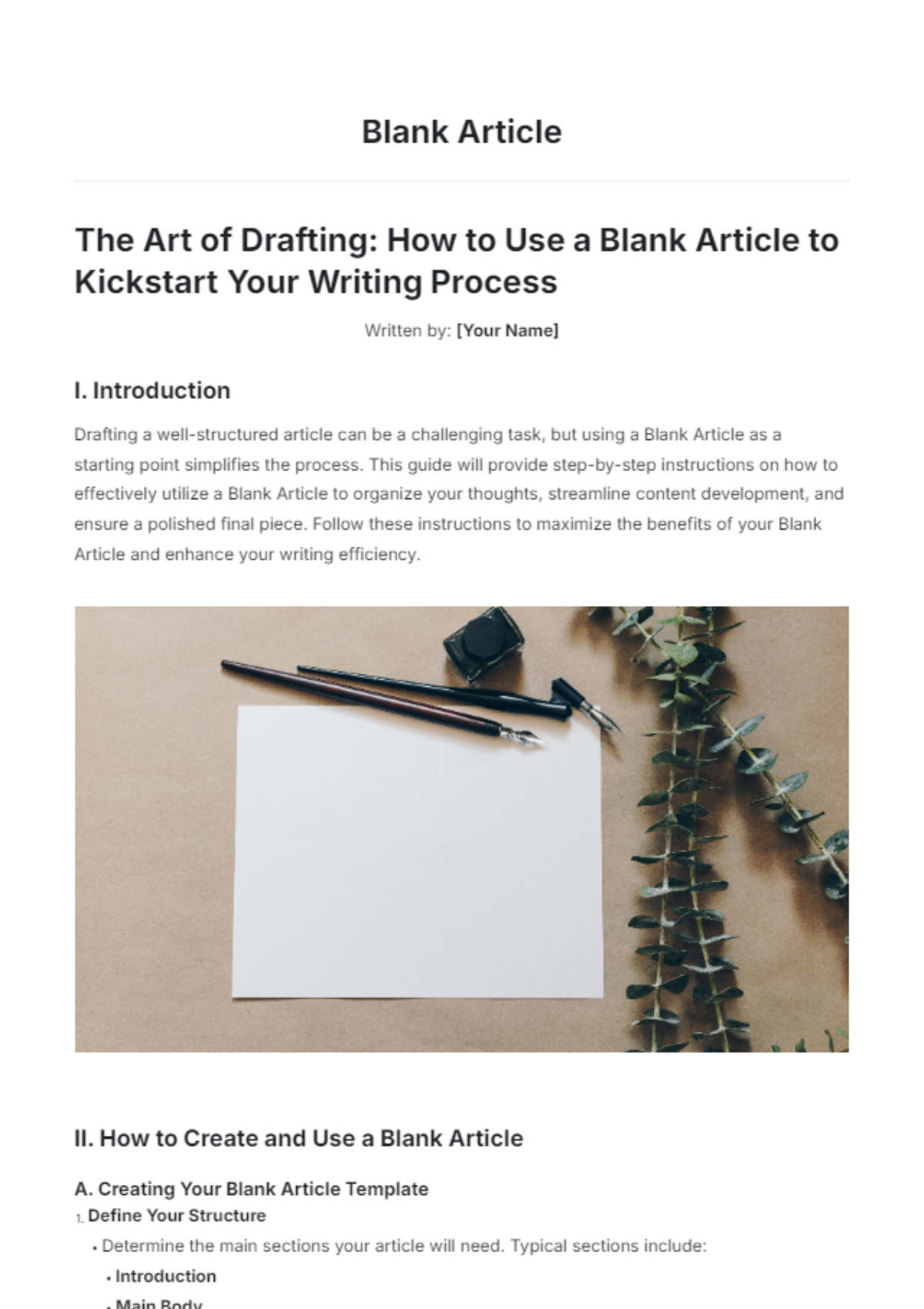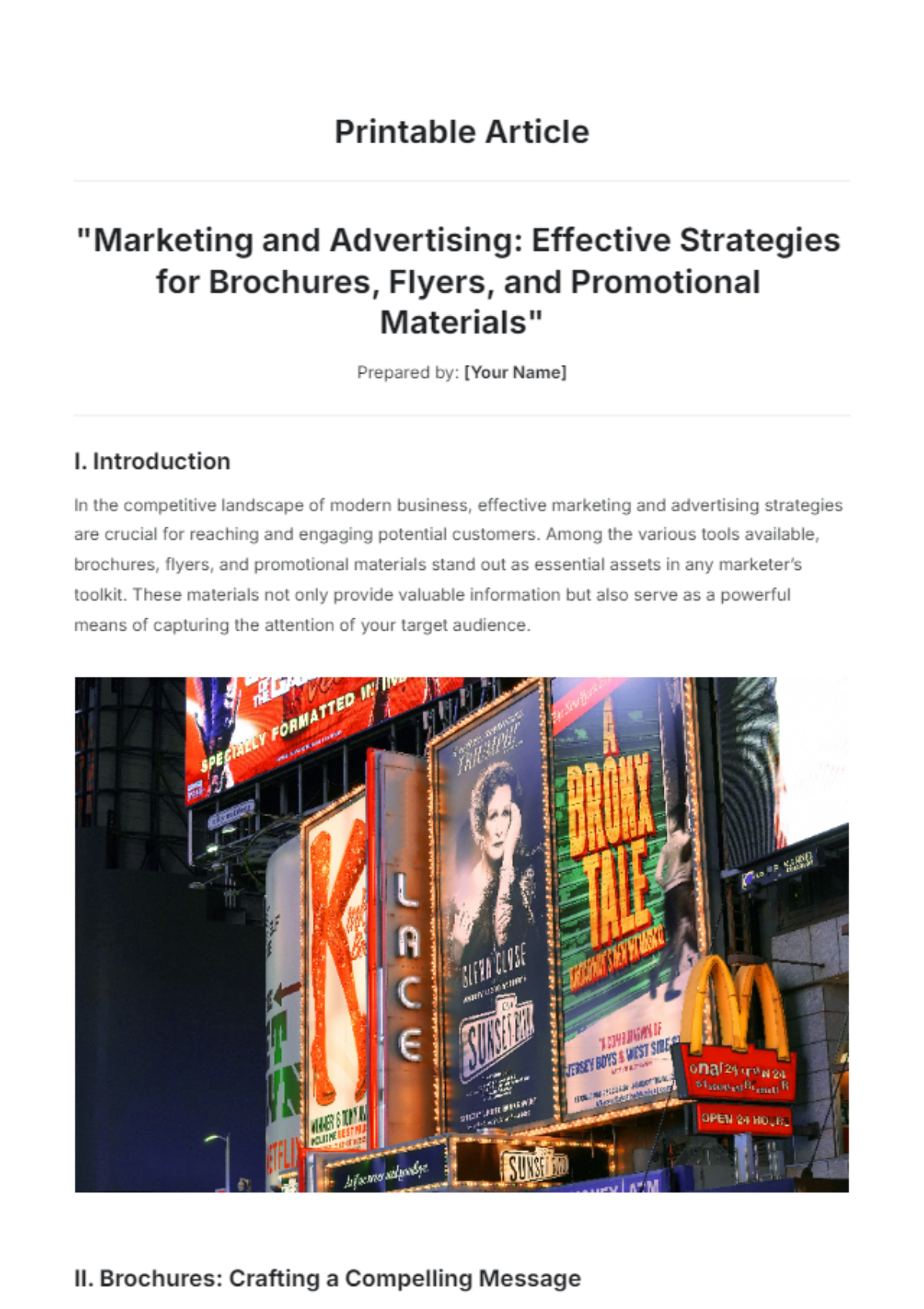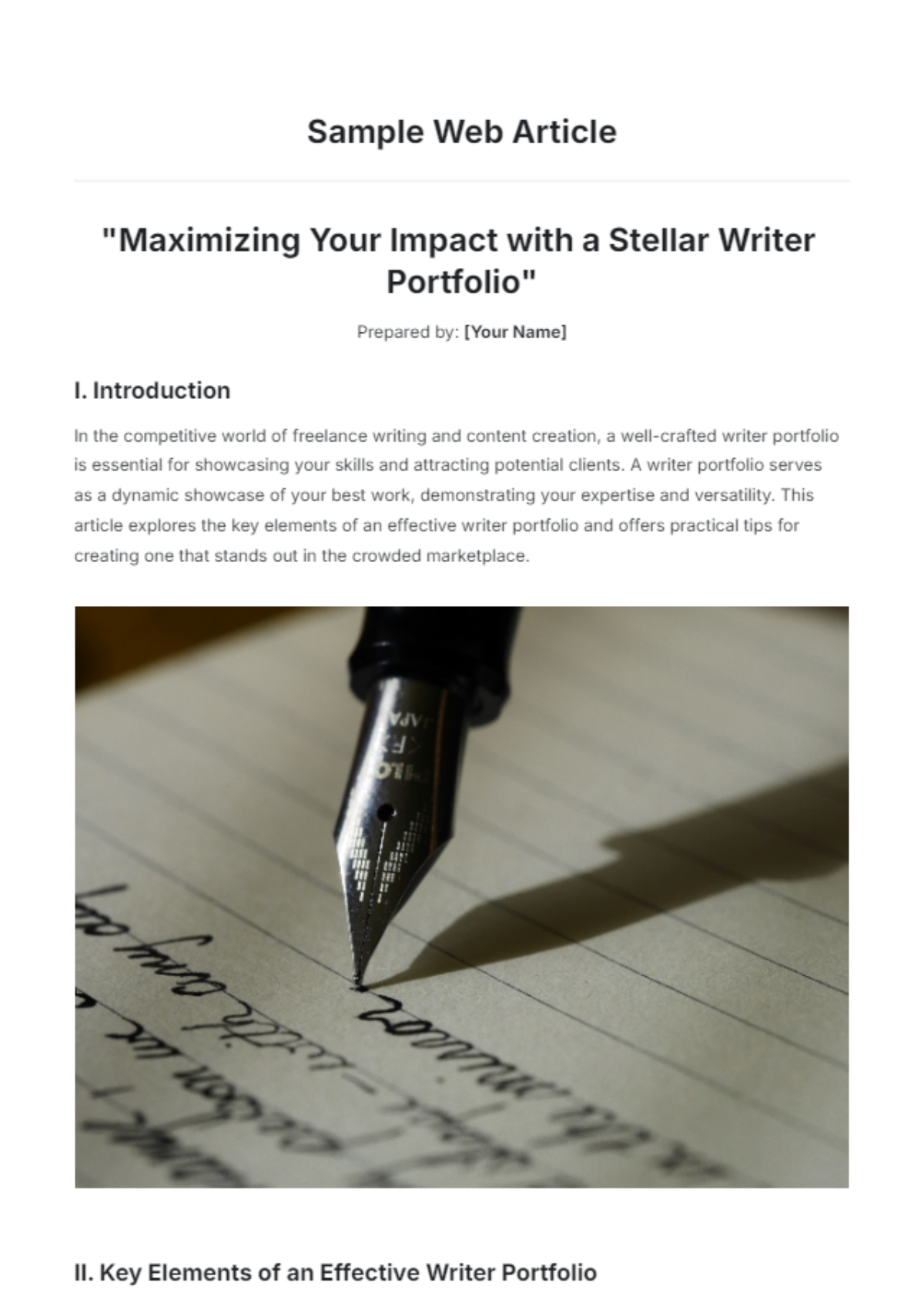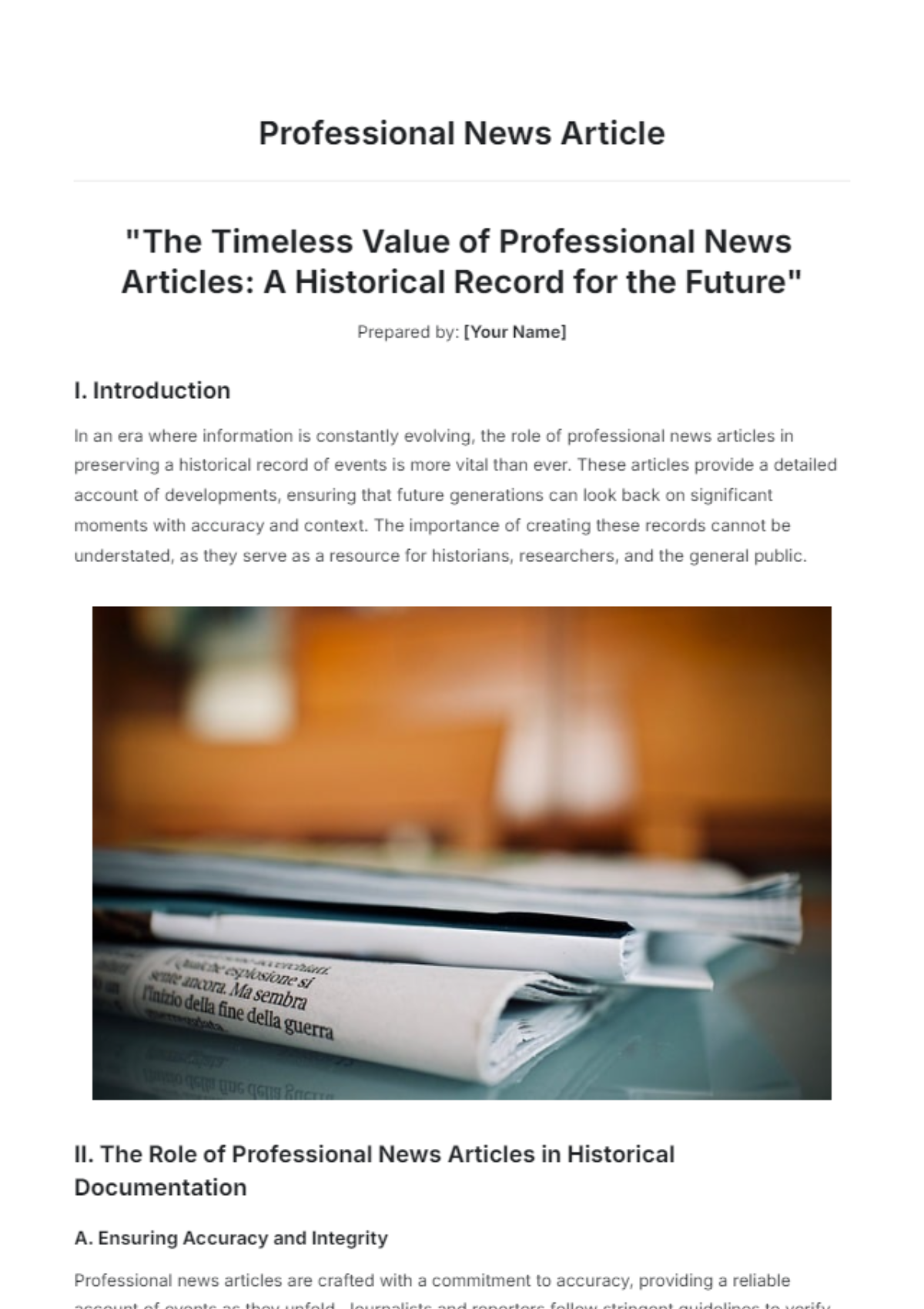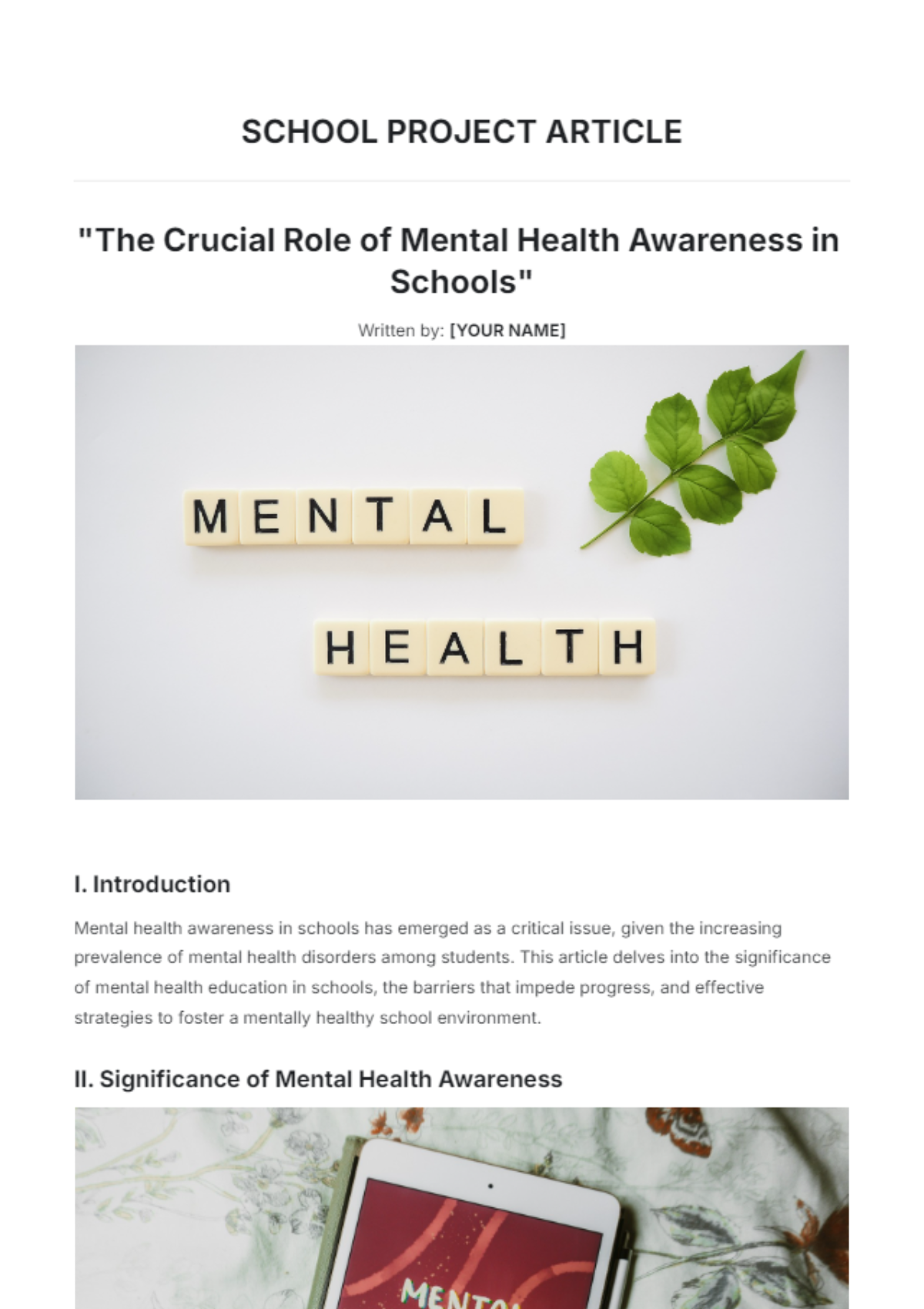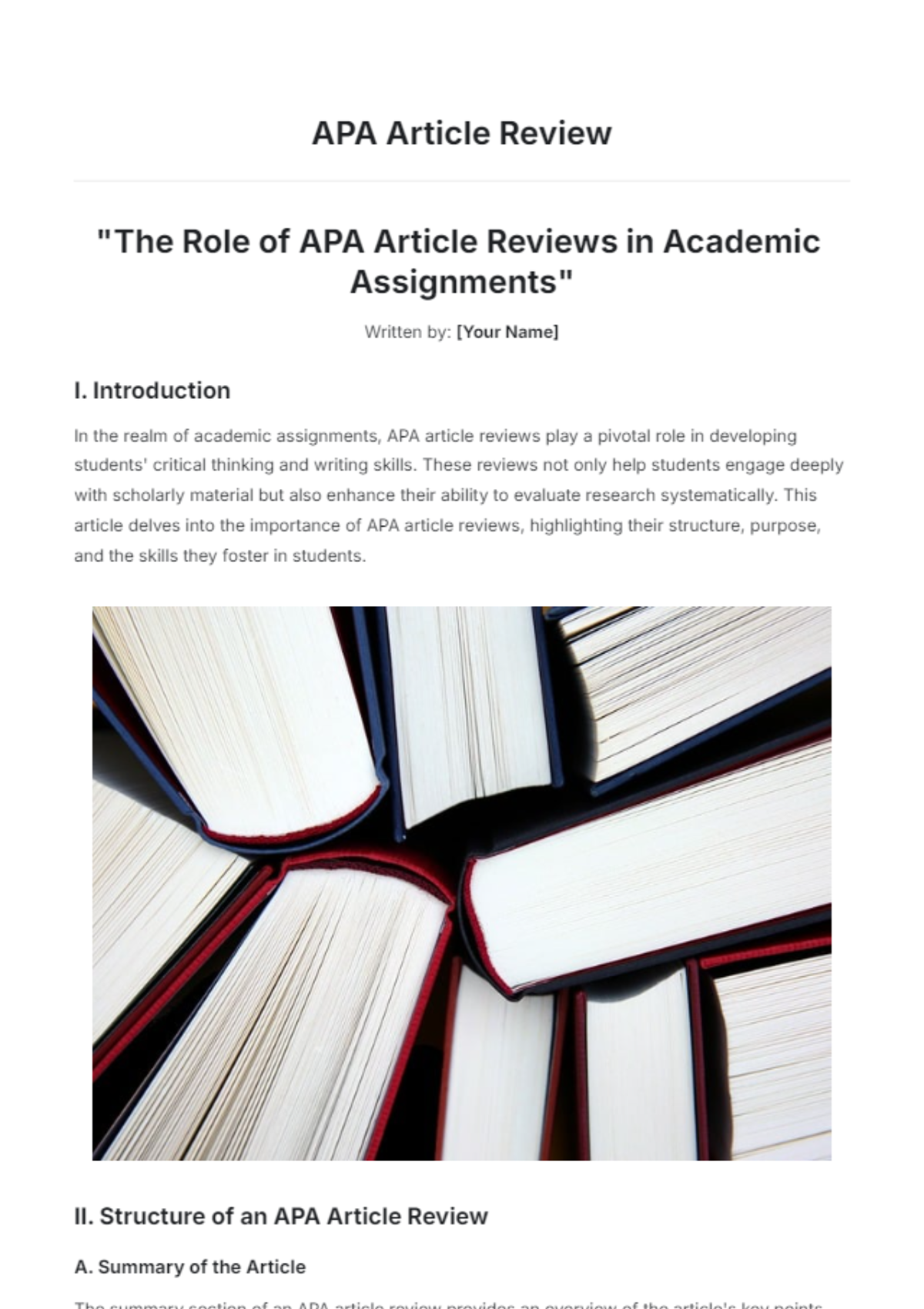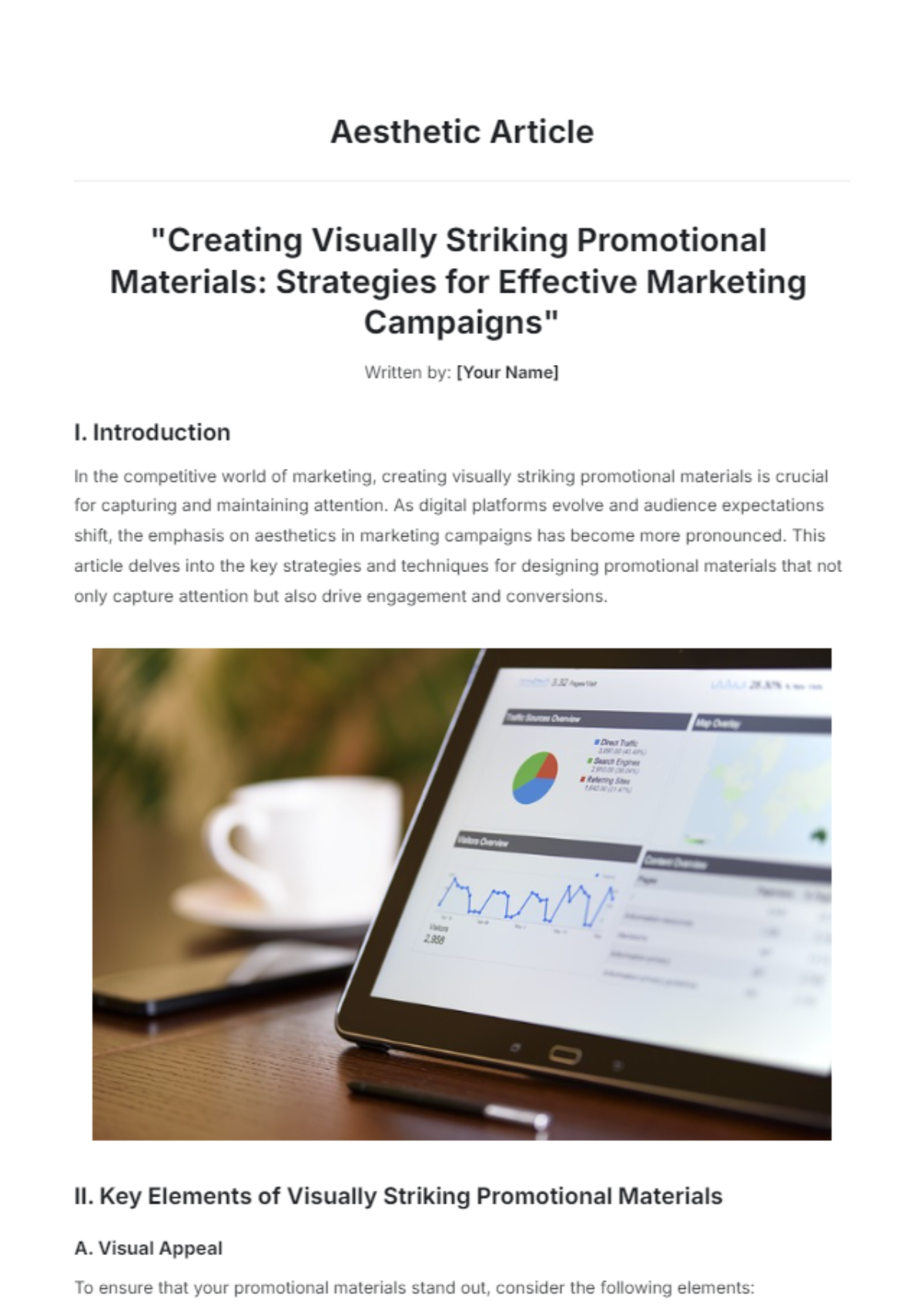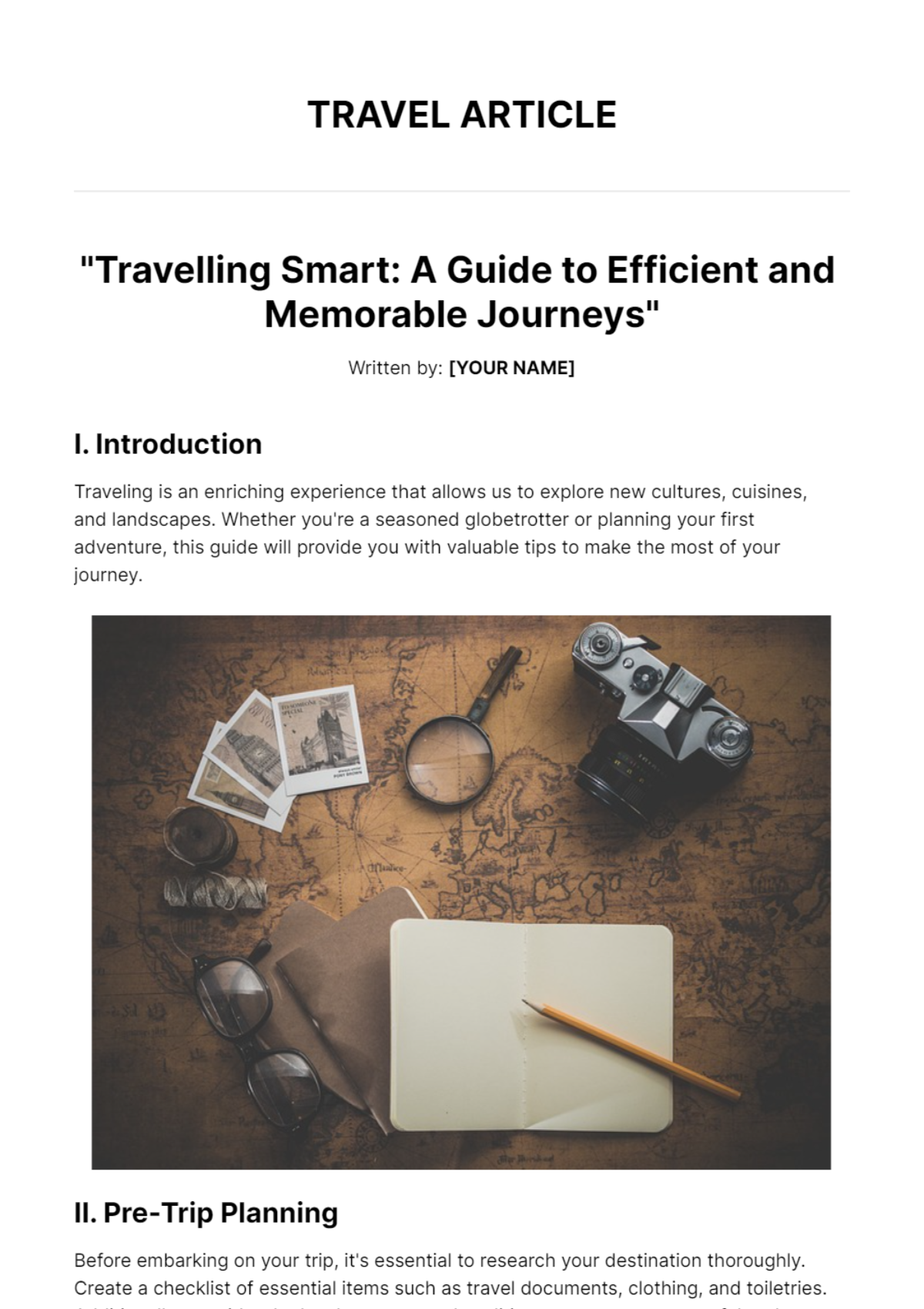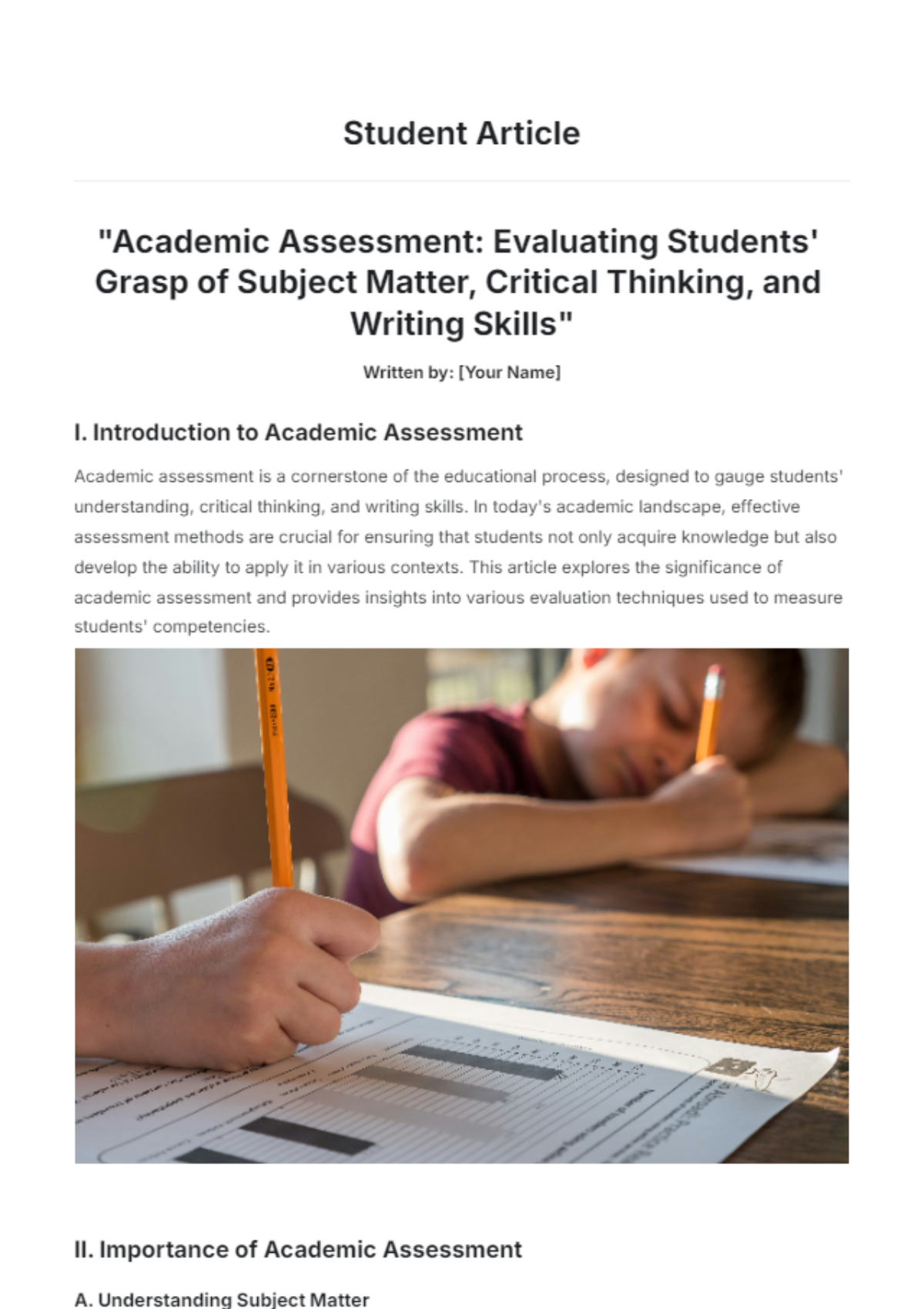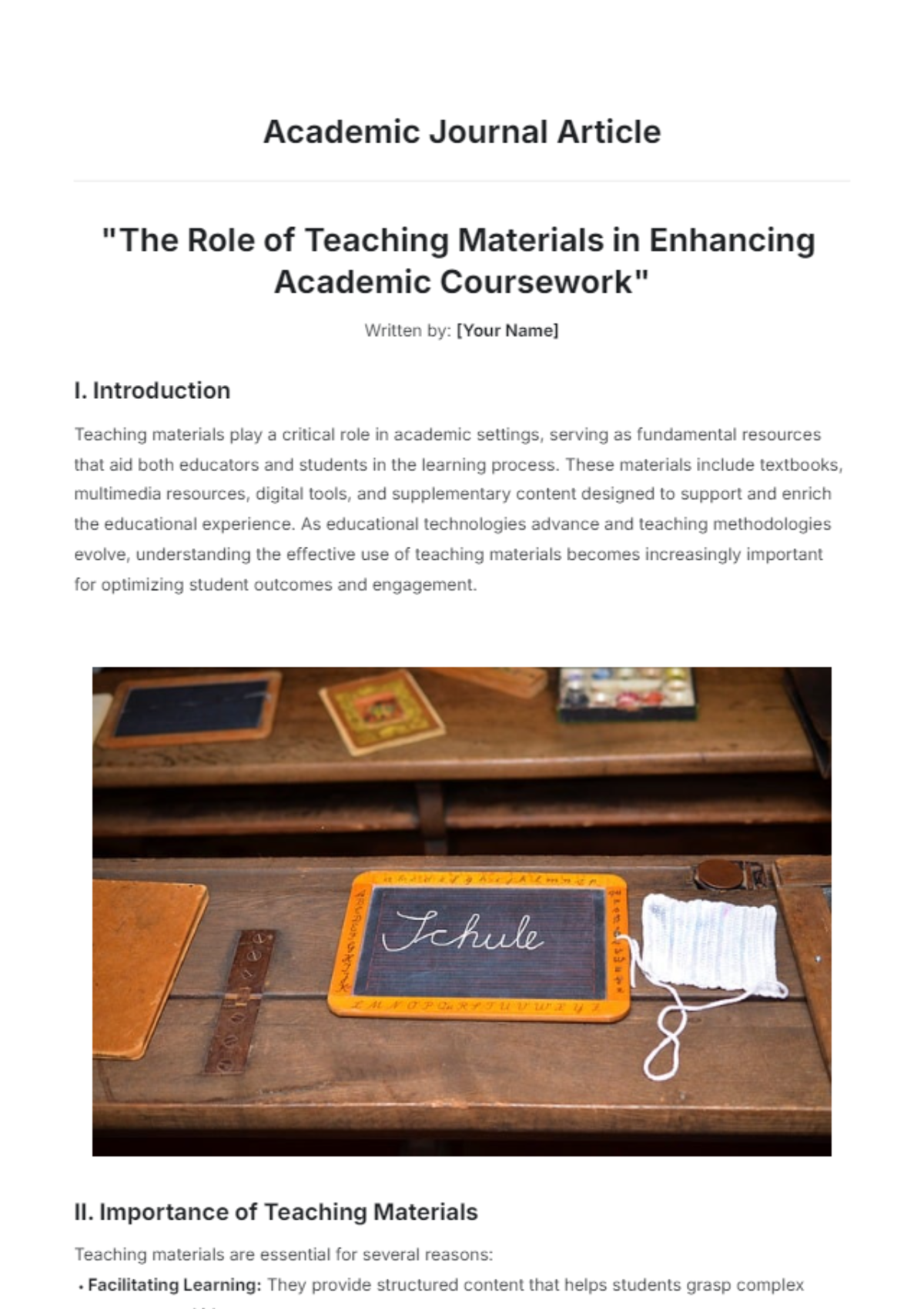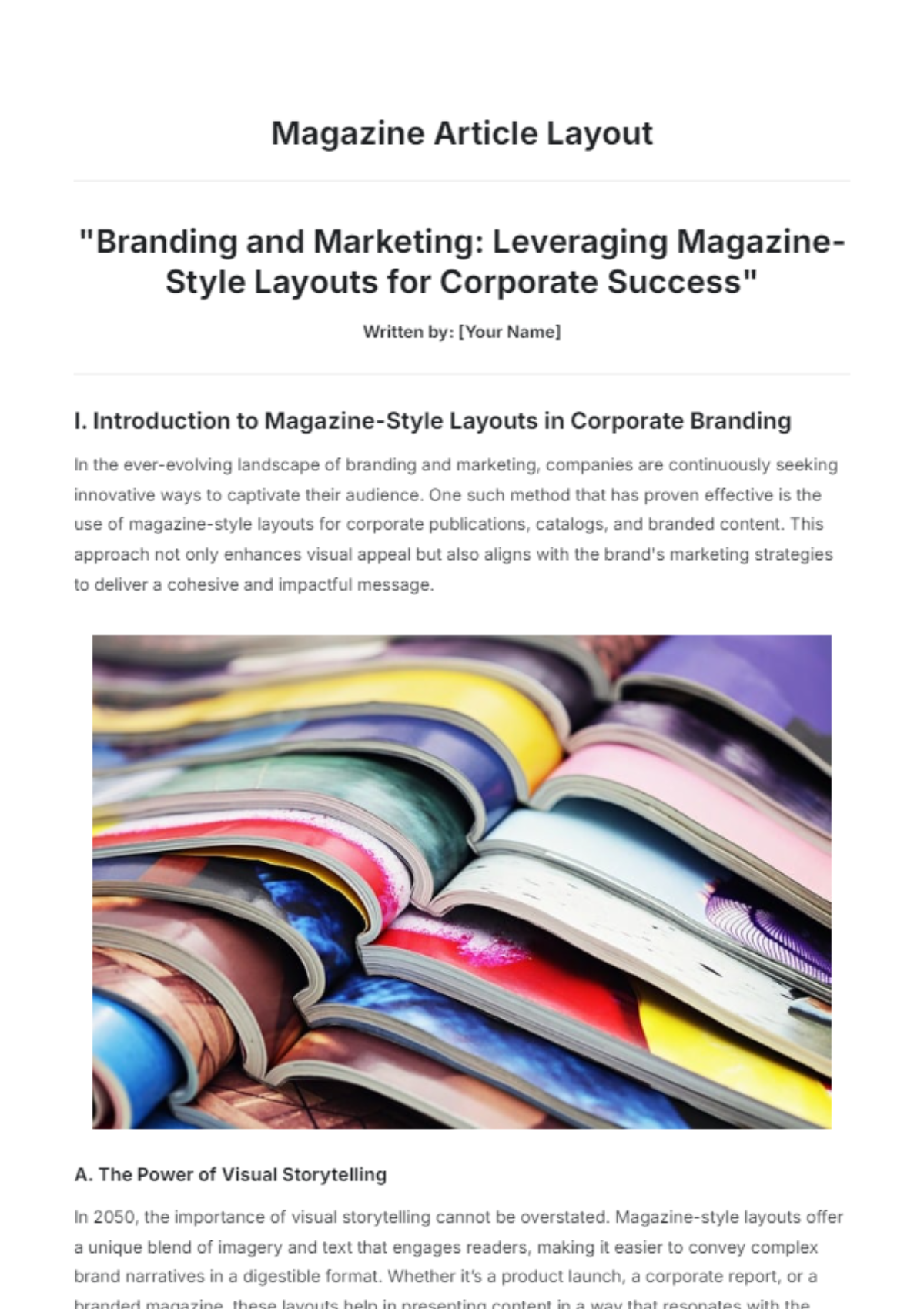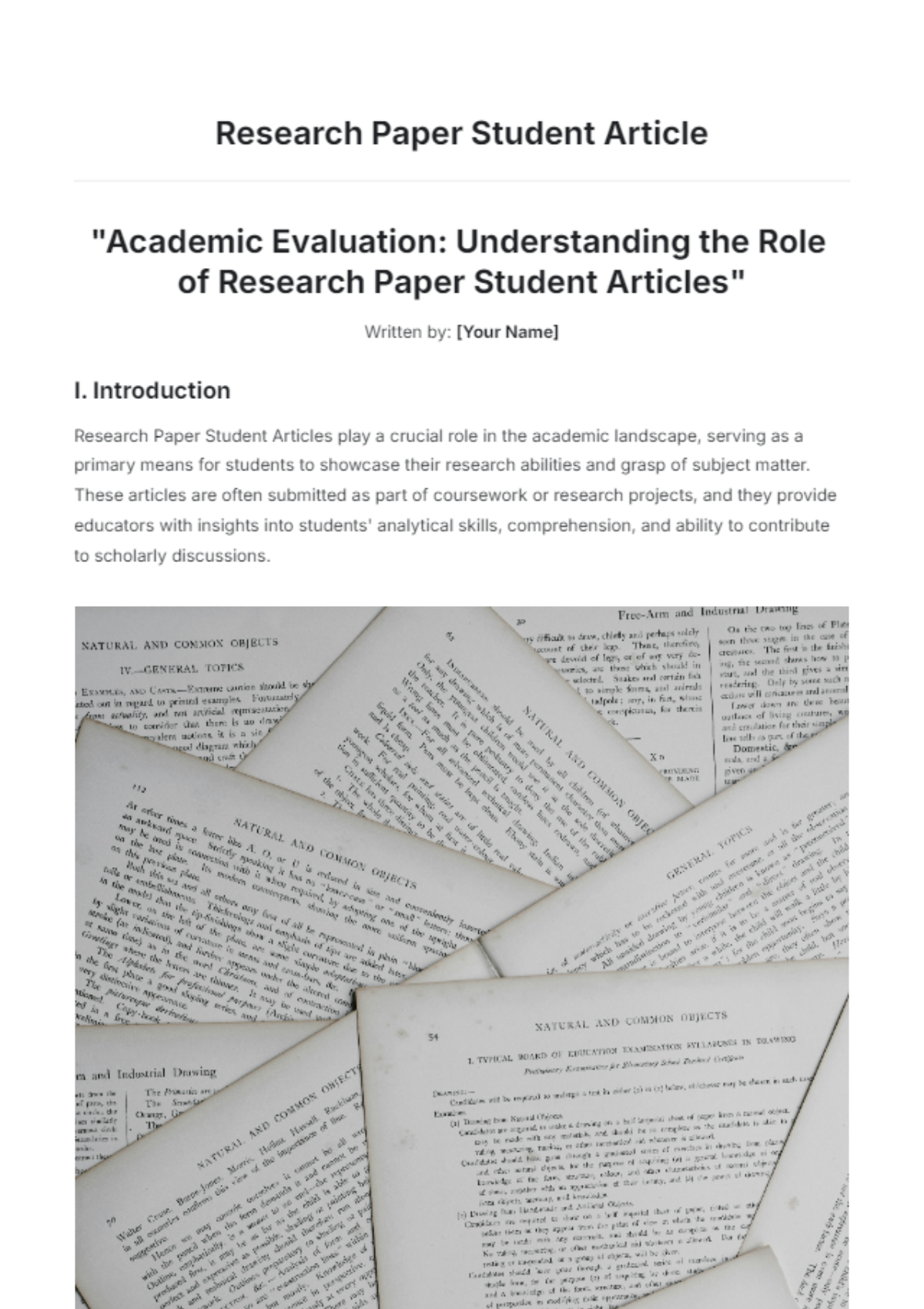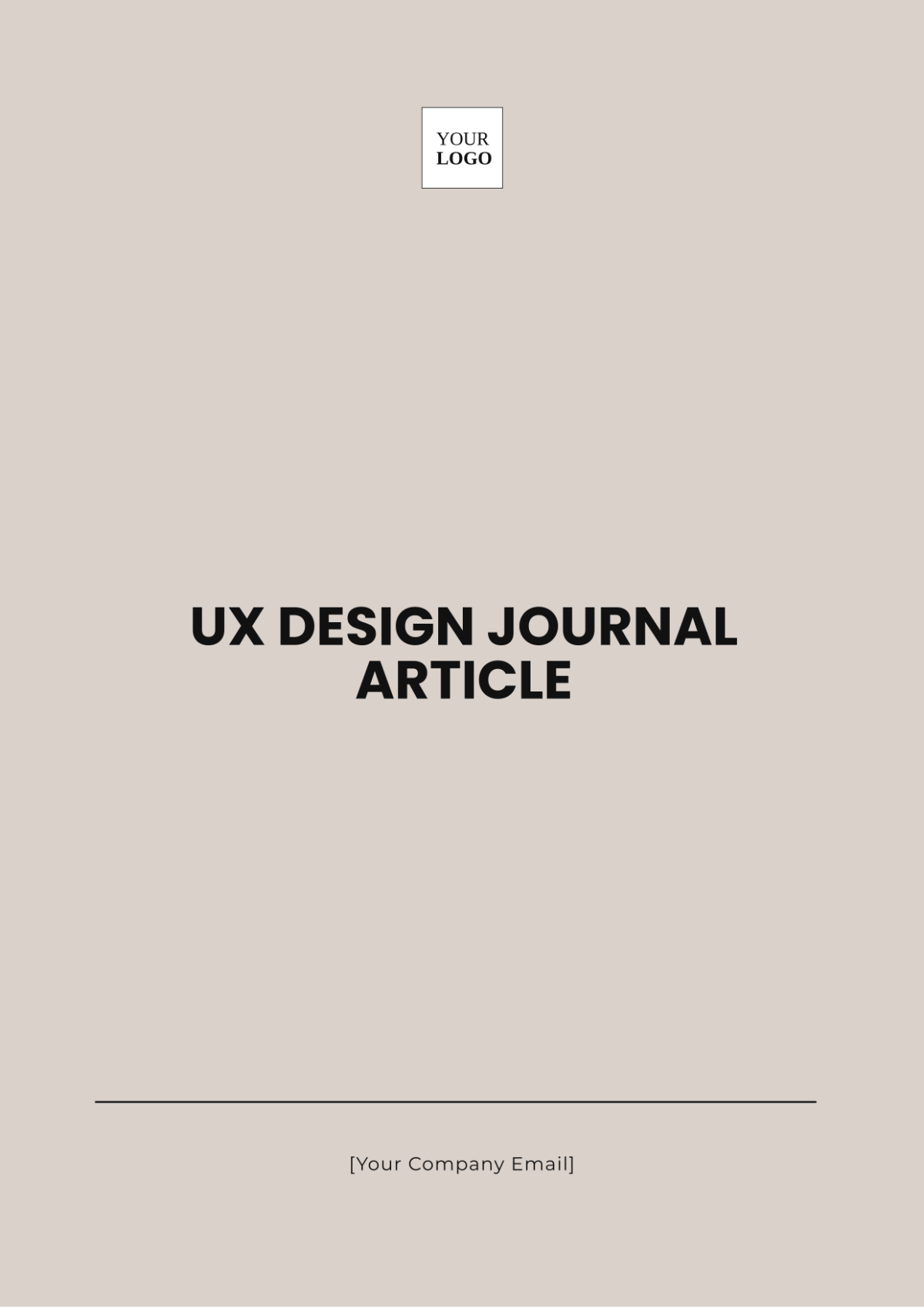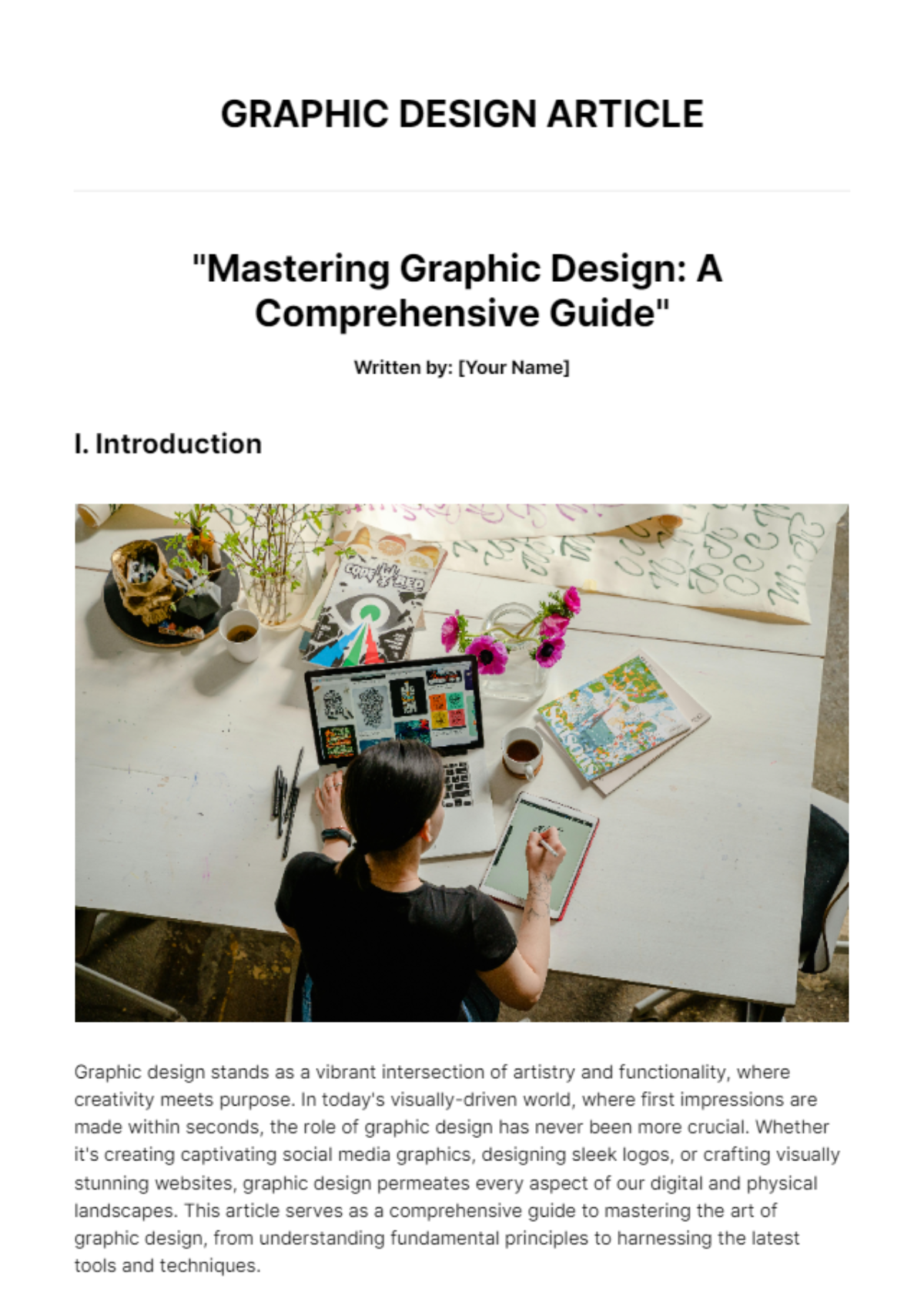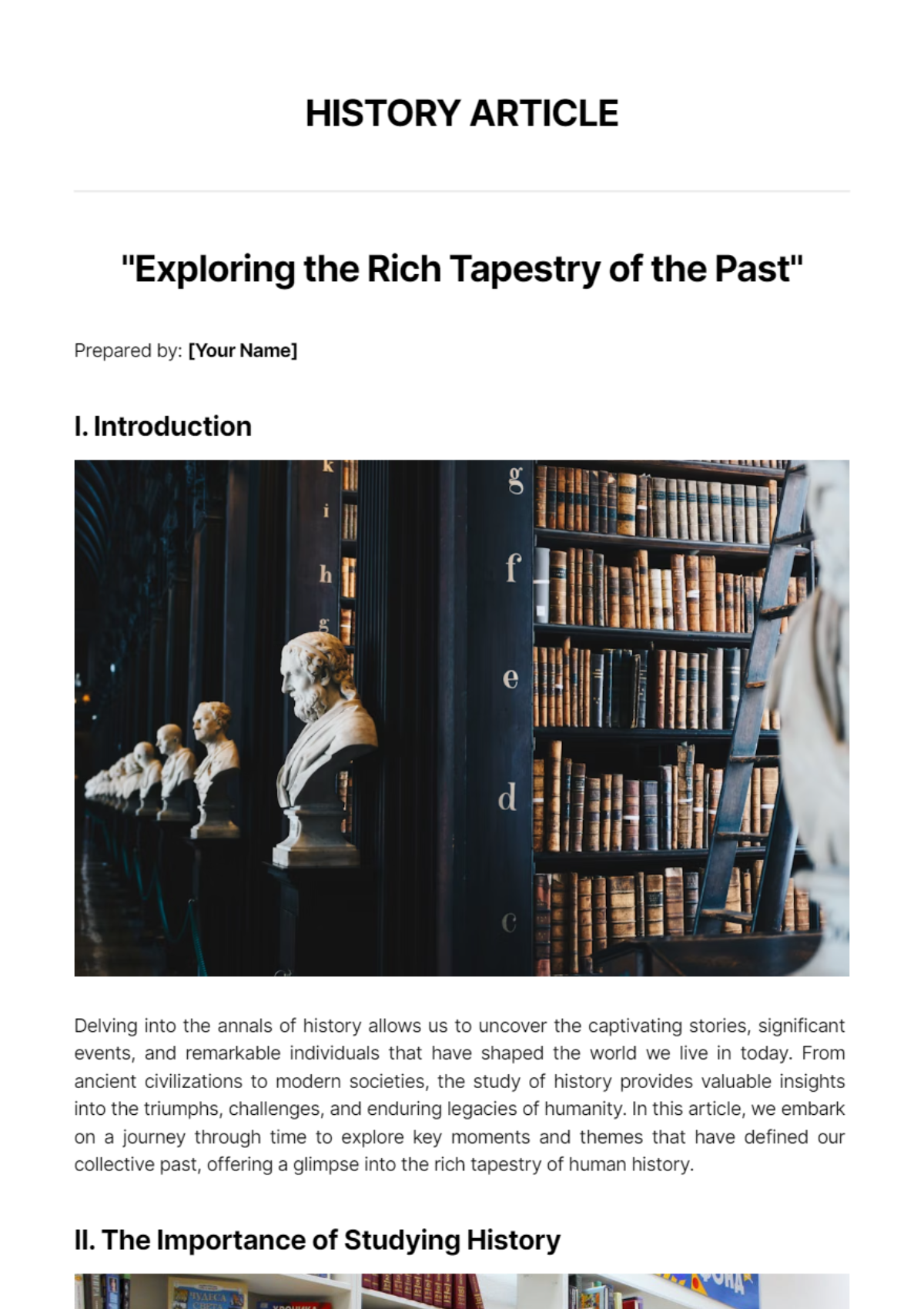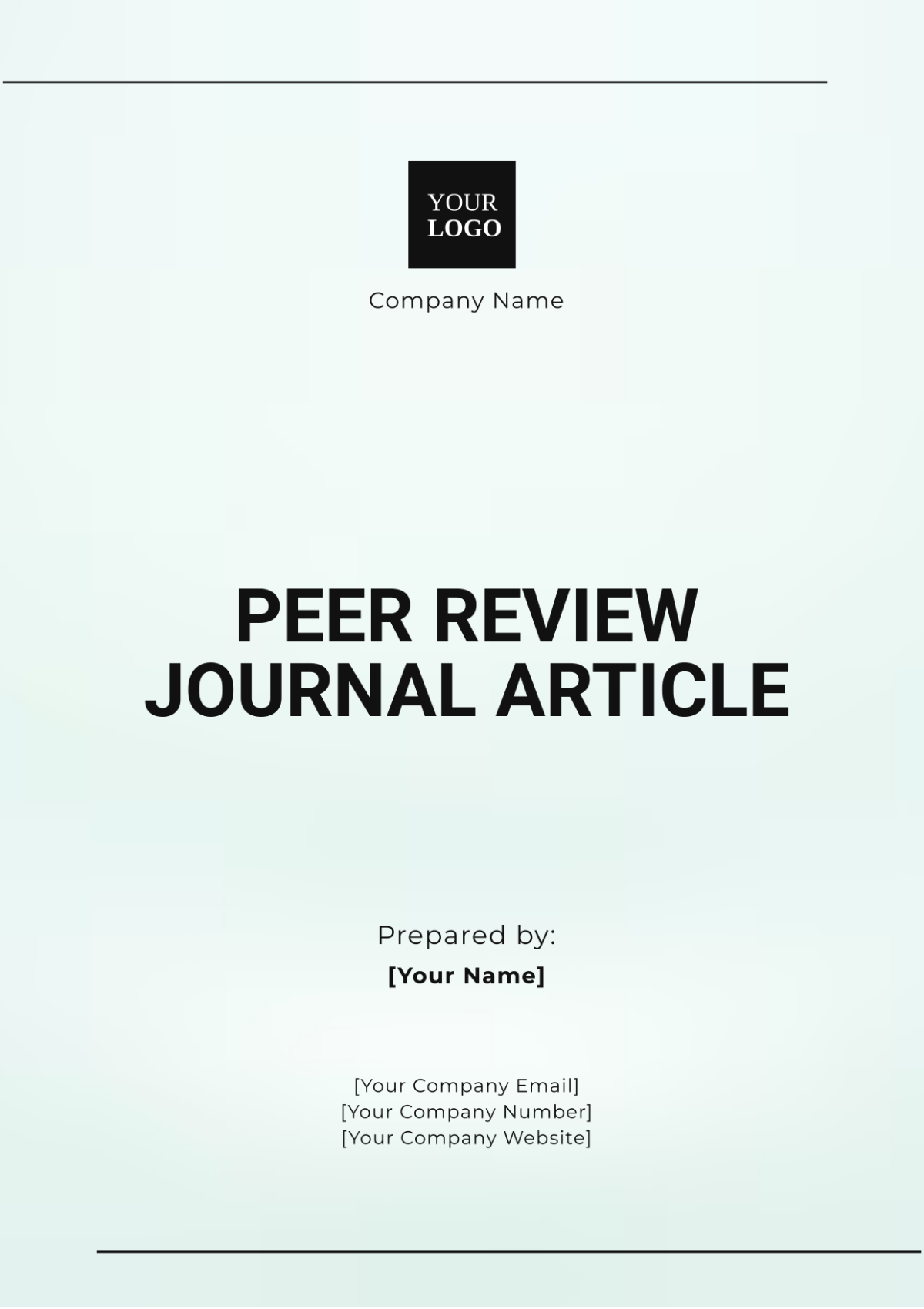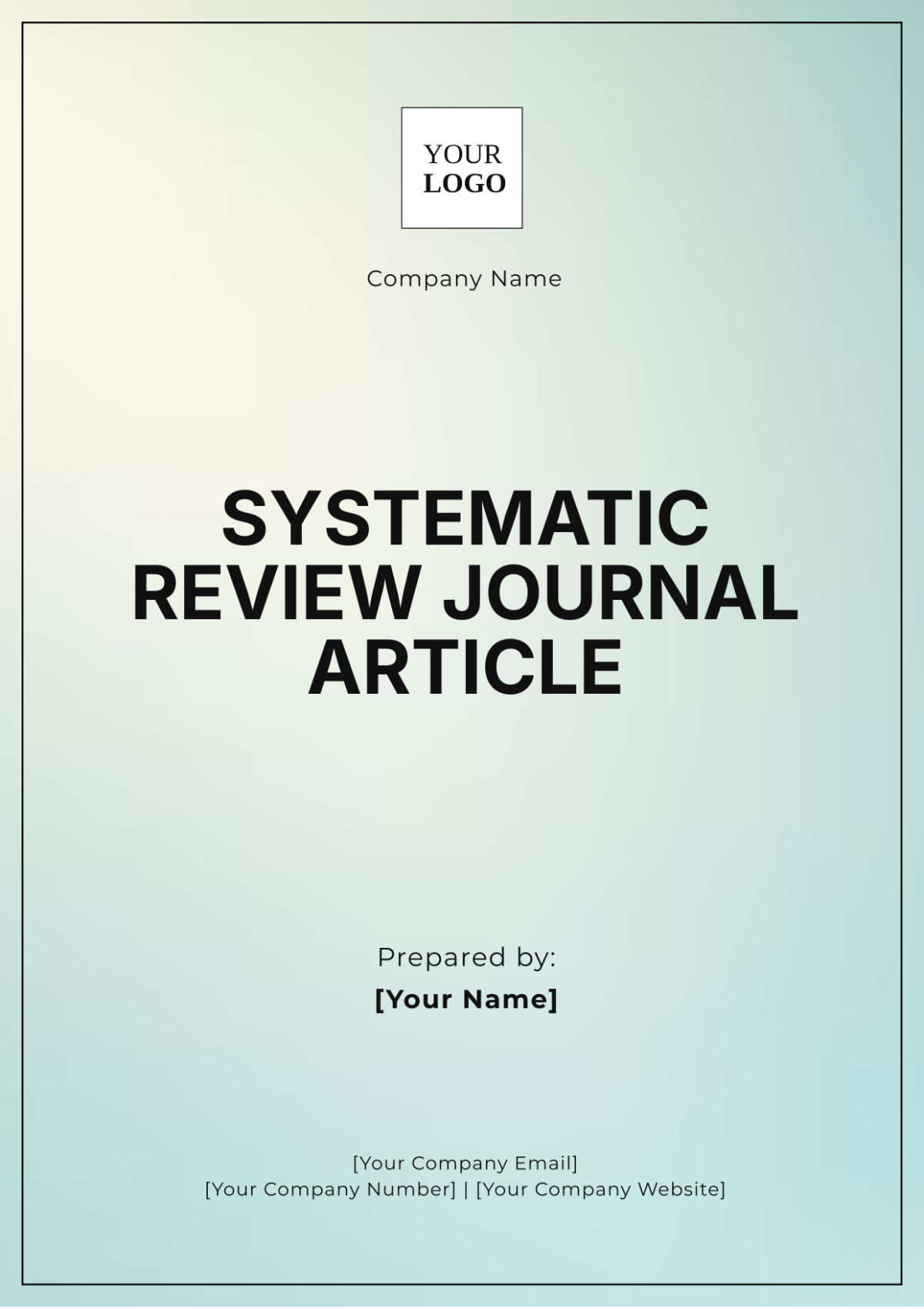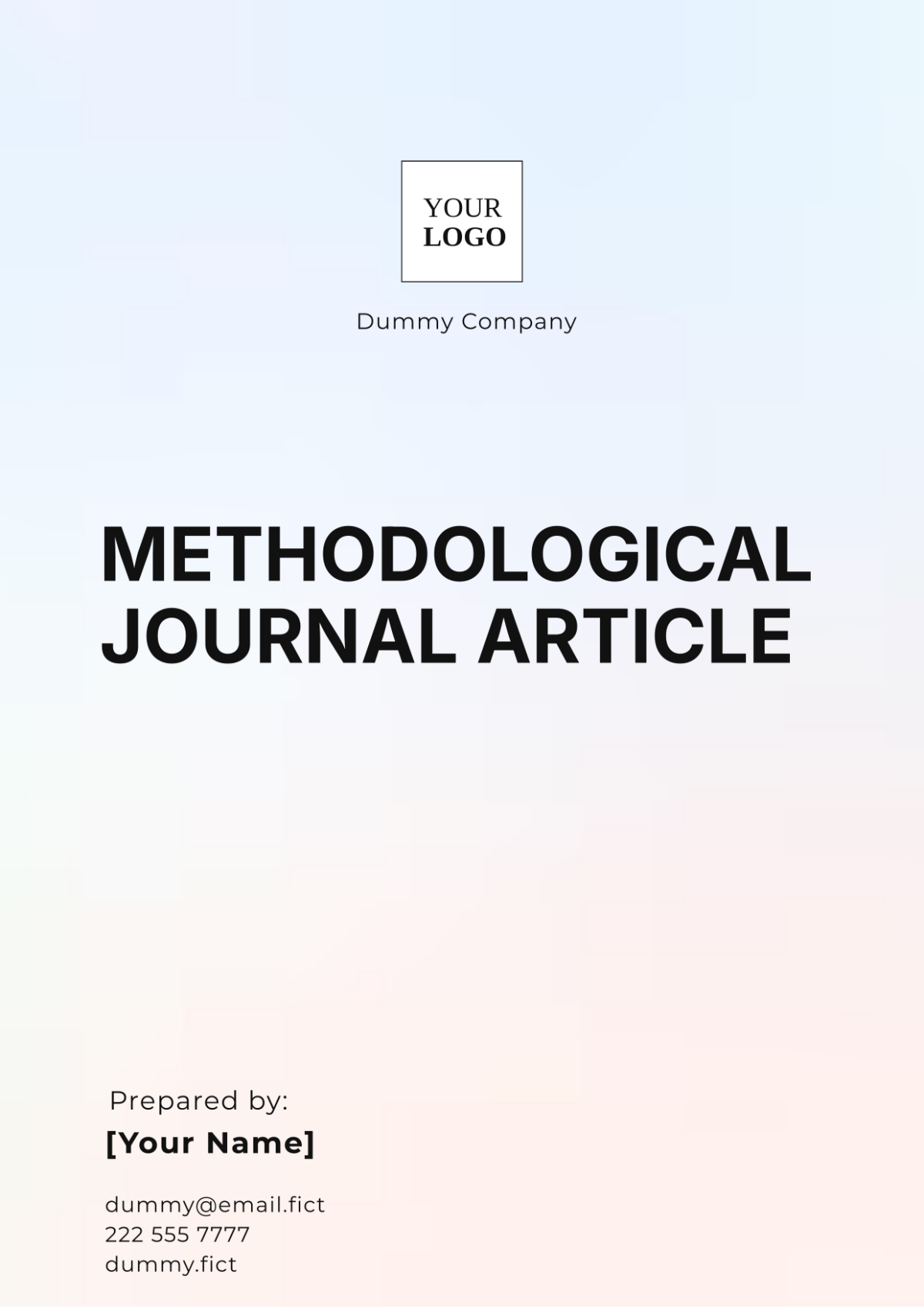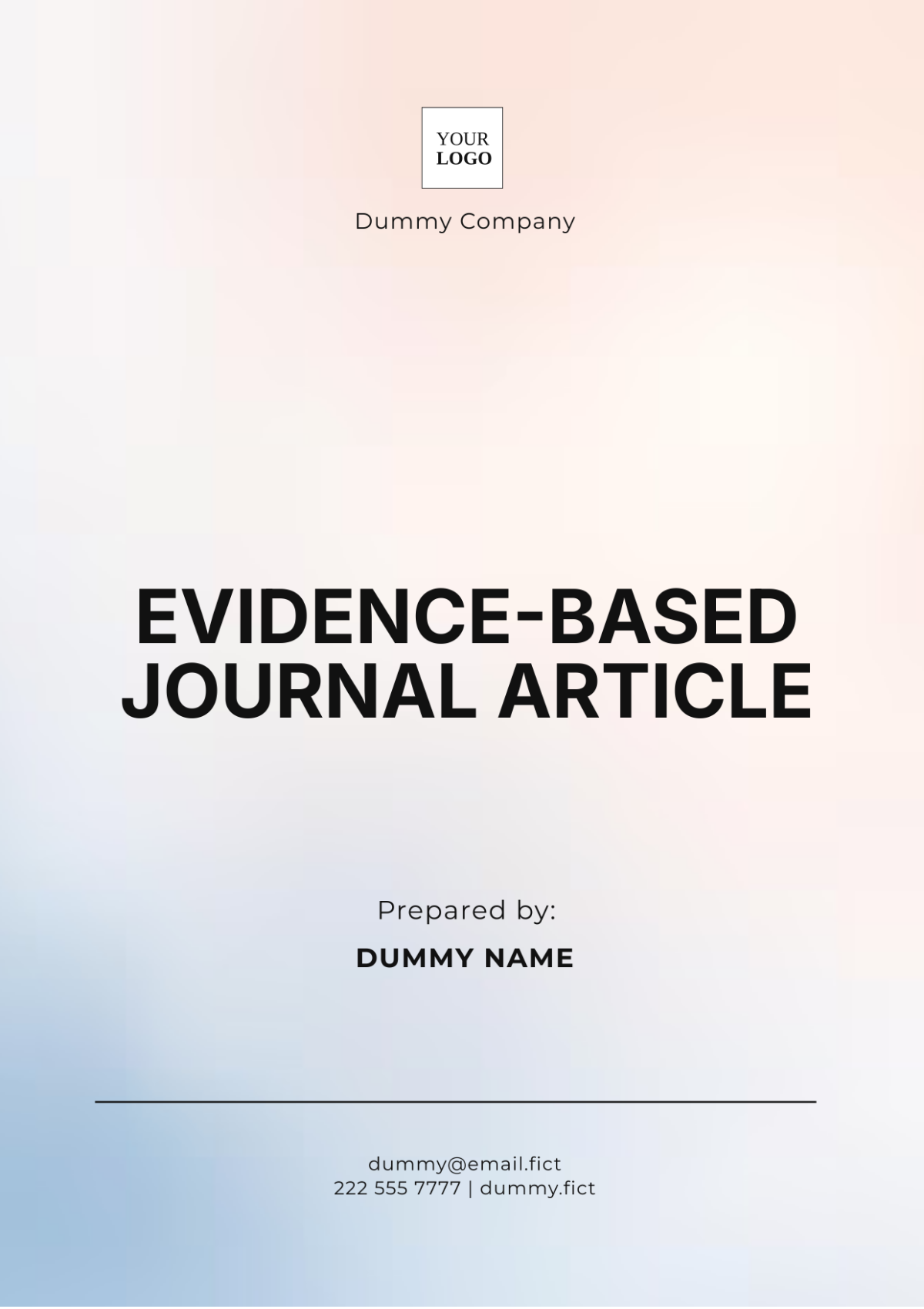KS2 Article
"Using KS2 Articles for Classroom Instruction: A Comprehensive Guide"
Written by: [Your Name]
I. Introduction to KS2 Articles
KS2 Articles are essential tools for educators aiming to enhance classroom instruction and make learning engaging and effective. Designed for students in Key Stage 2, these articles offer a structured approach to introducing new topics, reinforcing existing knowledge, and providing real-world examples that resonate with young learners. By integrating well-crafted articles into the curriculum, teachers can make complex subjects more accessible and stimulating.

II. Benefits of Using KS2 Articles in the Classroom
A. Introducing New Topics
KS2 Articles are particularly effective for introducing new topics because they present information in a clear, age-appropriate manner. Here’s how they help:
Clear Explanations: Articles break down complex concepts into manageable chunks.
Visual Aids: They often include charts, tables, and images to aid understanding.
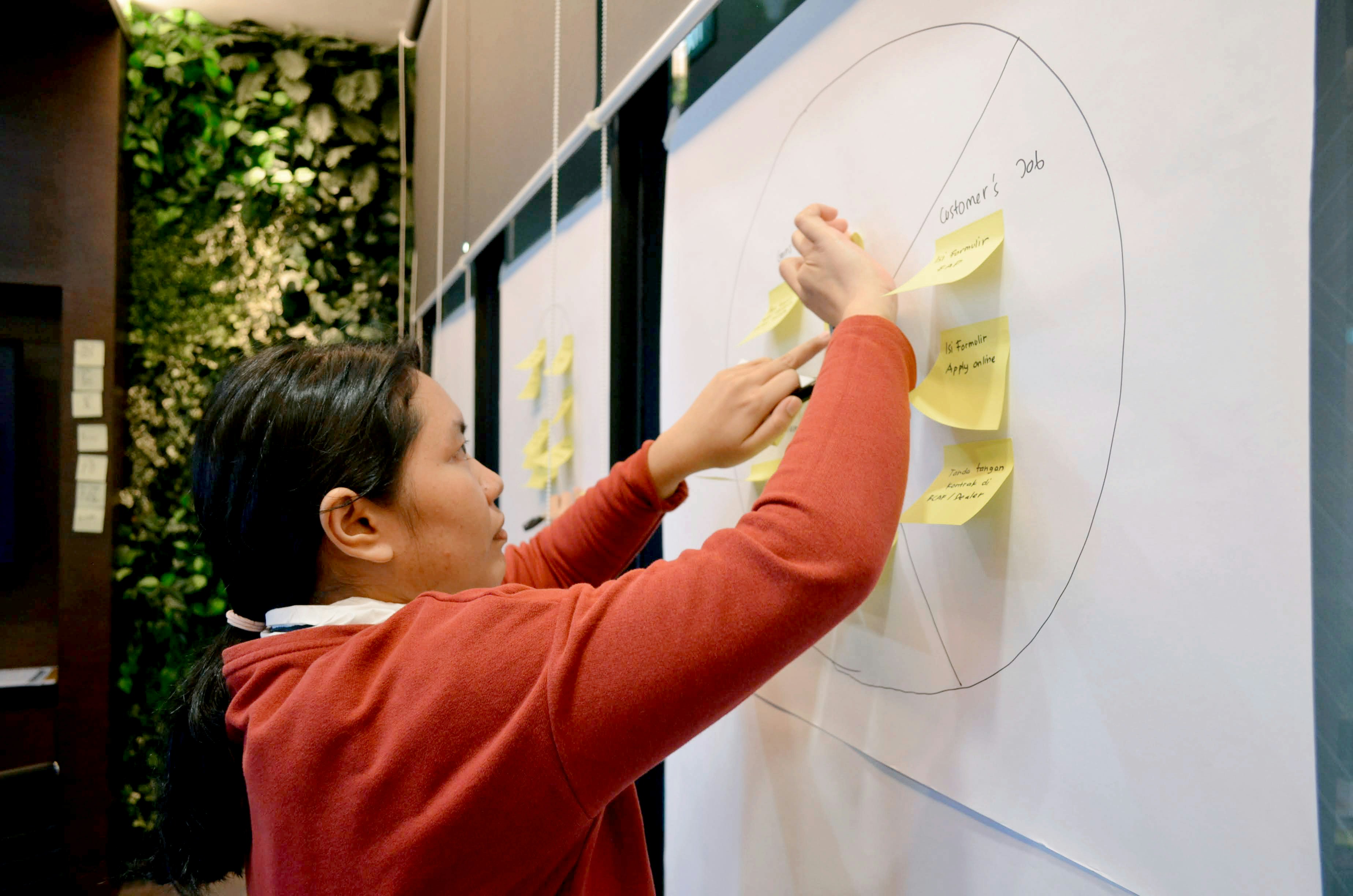
Engaging Content: Articles are written to capture students' interest and make learning enjoyable.
B. Reinforcing Learning
Reinforcement of learned material is crucial for student retention. KS2 Articles support this by:
Providing Additional Practice: Articles offer extra exercises and examples.
Offering Varied Perspectives: Different articles present the same topic from various angles, helping students grasp it more thoroughly.
Encouraging Independent Learning: Articles enable students to explore topics at their own pace outside the classroom.
C. Real-World Examples
To make learning relevant, KS2 Articles often include real-world examples. This approach helps students connect theoretical knowledge with practical applications. For example:
Case Studies: Articles might include case studies related to the topic.
Current Events: They can link lessons to recent news or discoveries.
Practical Applications: Articles might show how concepts are used in everyday life.
III. How to Implement KS2 Articles in Your Teaching Strategy
A. Planning and Preparation
Effective use of KS2 Articles requires careful planning:
Select Relevant Articles: Choose articles that align with your lesson objectives and students' interests.
Prepare Supplementary Materials: Create worksheets, quizzes, or discussion questions based on the article.
Integrate with Curriculum: Ensure the articles complement and reinforce the existing curriculum.
B. Classroom Activities
Incorporating KS2 Articles into classroom activities can be done through:
Group Discussions: Use articles as a basis for group discussions or debates/
Individual Reading Assignments: Assign articles for students to read and summarize.
Creative Projects: Encourage students to create presentations or posters based on the article content.
C. Assessment and Feedback
To gauge the effectiveness of using KS2 Articles:
Assess Understanding: Use quizzes or written reflections to assess how well students have grasped the article’s content.
Provide Feedback: Offer constructive feedback to help students improve their comprehension and critical thinking skills.
Adjust Instruction: Modify your approach based on the feedback and assessment results to better meet your students' needs.
IV. Example Article Template
Here’s a sample template you might use for a KS2 Article:
Title: [Topic of the Article]
Introduction: Briefly introduce the topic and its relevance to the students.
Main Content: Provide detailed information about the topic, including:
Key Points: Bullet points or numbered lists to highlight main ideas.
Illustrations: Include charts, diagrams, or images.
Examples: Real-world examples to illustrate key concepts.
Conclusion: Summarize the main points and suggest further reading or activities.
Questions: Pose questions to check understanding and encourage further thinking.
V. Conclusion
Incorporating KS2 Articles into classroom instruction offers numerous benefits, from introducing new topics to reinforcing learning and providing real-world context. By thoughtfully selecting and utilizing these articles, educators can enhance student engagement and comprehension, making the learning experience more dynamic and impactful. As we move into the future, the role of such educational resources will continue to evolve, ensuring that students are well-prepared for the challenges ahead.

